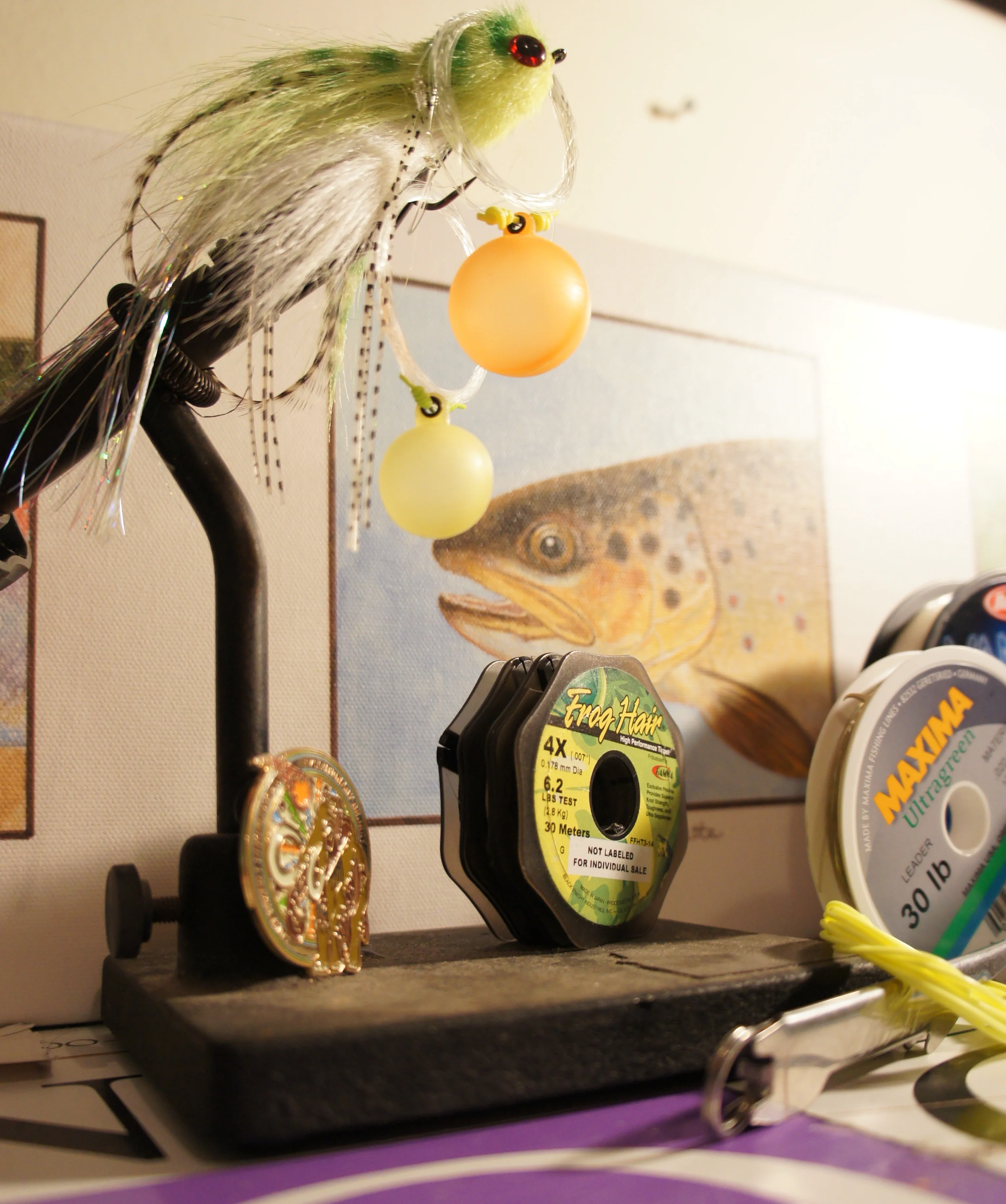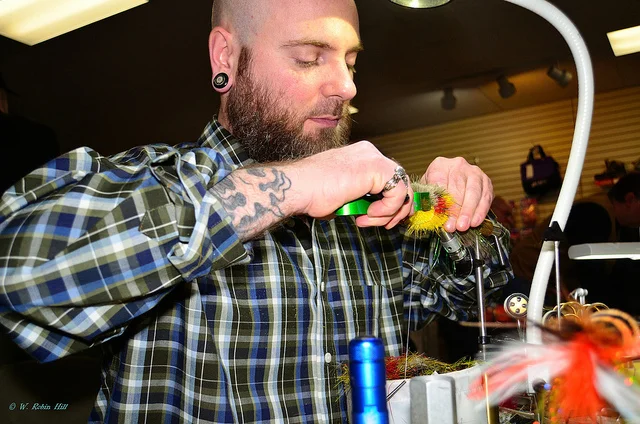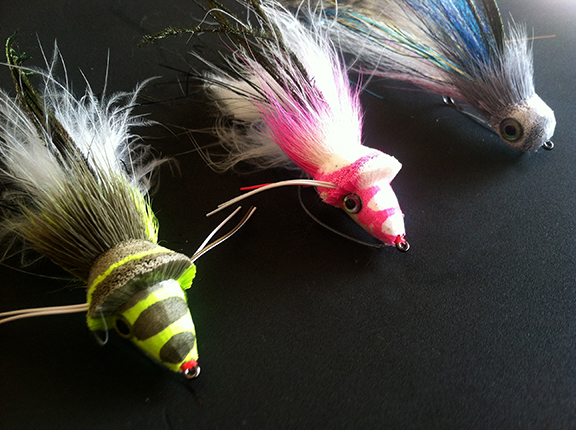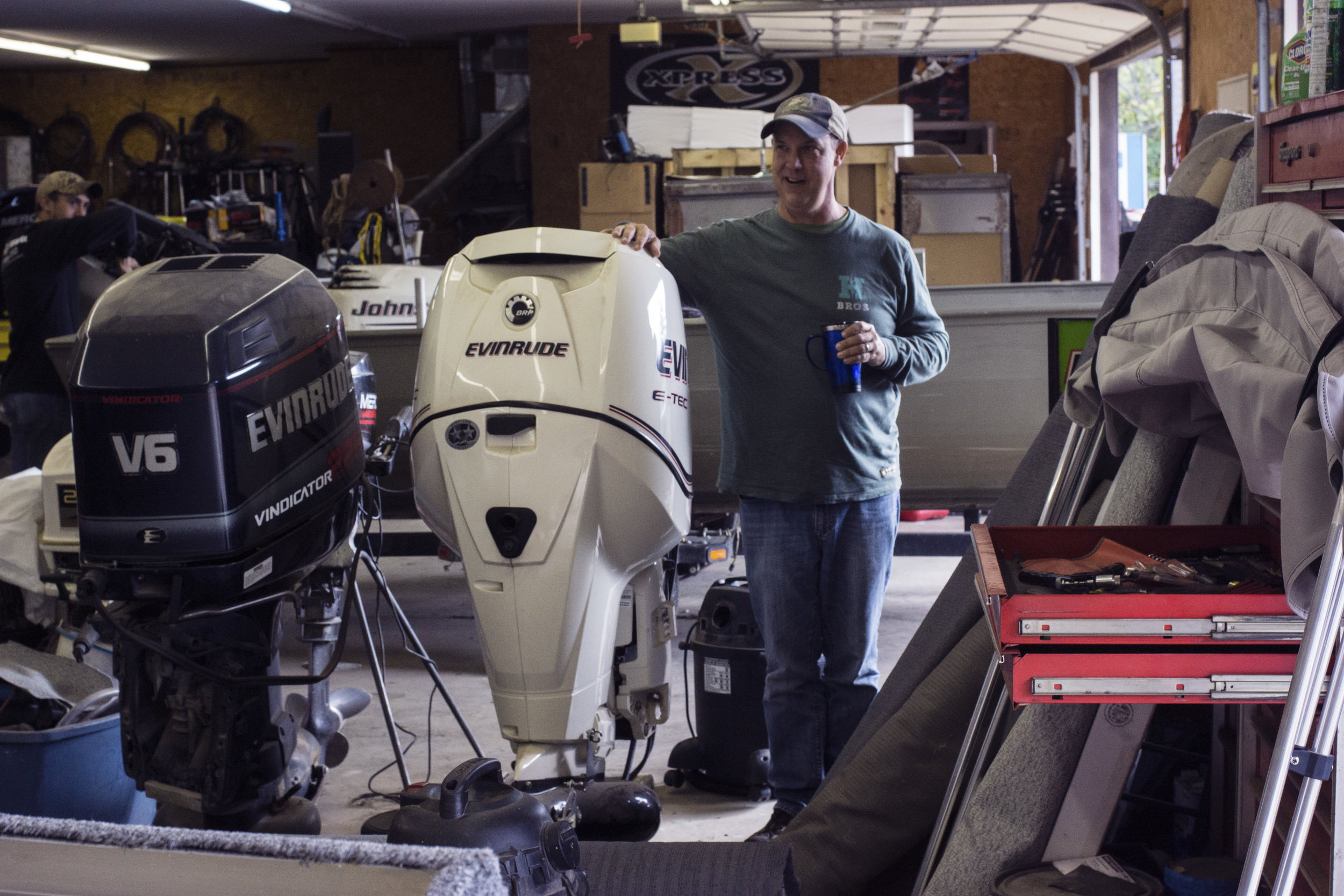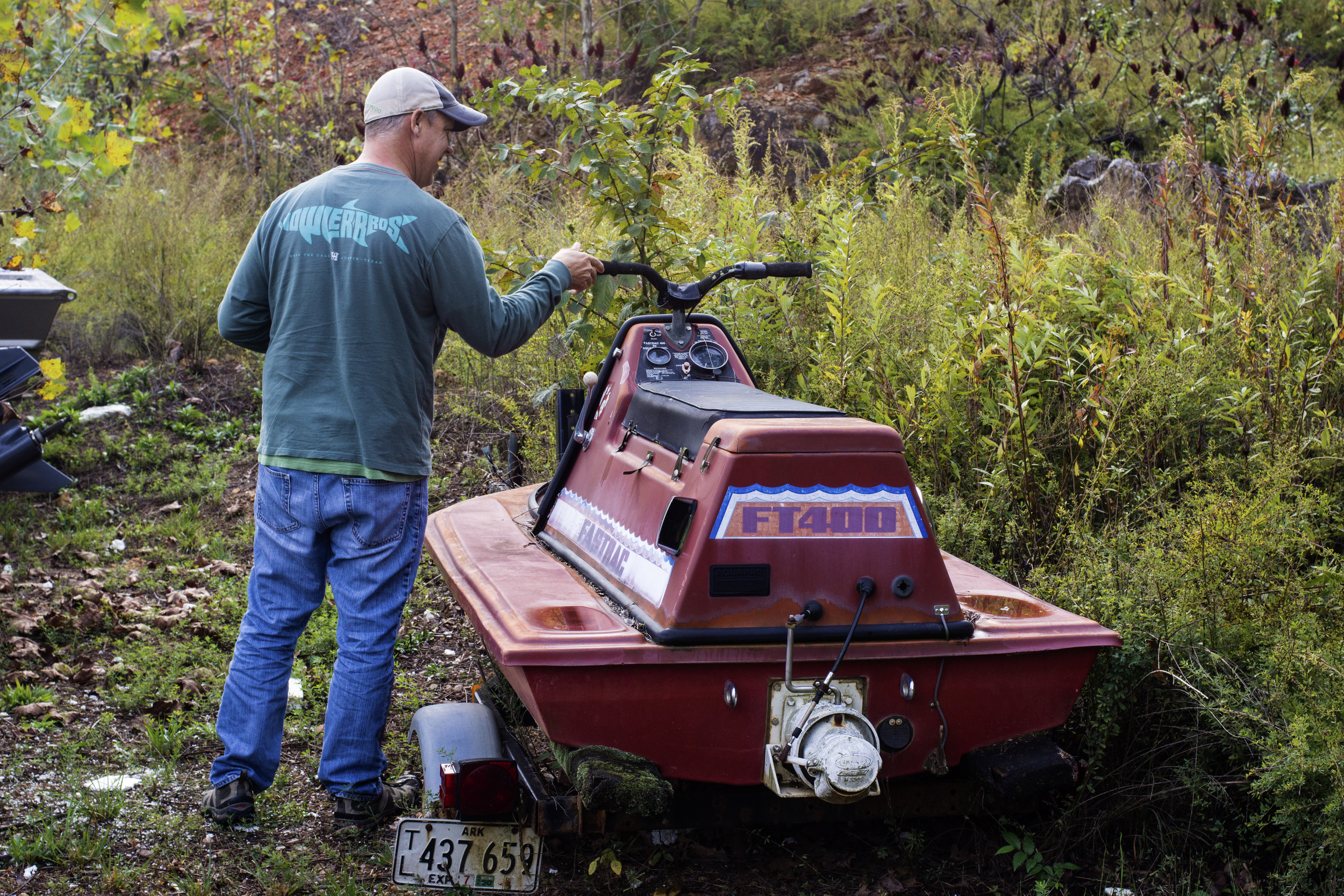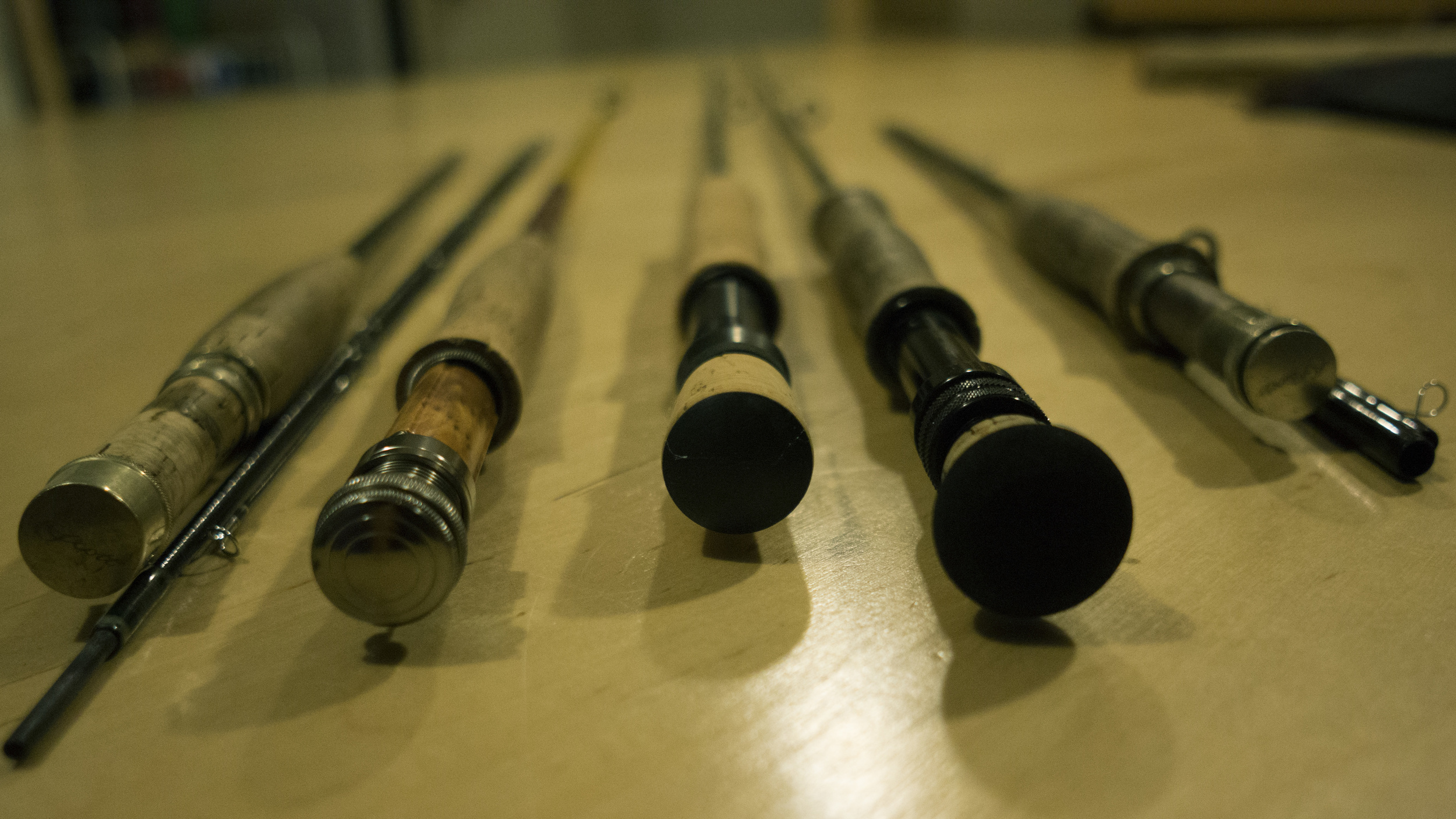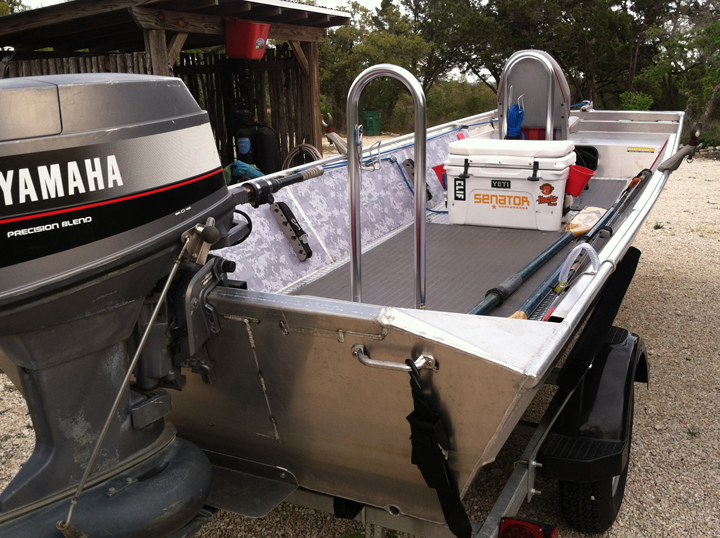Propagating some propaganda...
We're going to be spreading the AWG love and propagating some propaganda in the next 6 weeks or so.
Here's what we have going on.
Patagonia Austin
Sunday Sept 14th
A few of us have charmed our way into positions of Patagonia pro staff-ness, we will be joining Adam and his crew for a viewing of "low and clear" and after the show were going to hang out, Lie about fishing and drink all there free beer. Free beer should be just about all that needs to be said on this one but its not. If you haven’t seen “low and Clear” this is a great opportunity to do so.
Sportsman' Finest
Saturday Sept 20th
Rumor is that poor ole Alvin and JT may be off to La La land to get punished by them big reds, in their absence Shea and Winston will be out at Sportsman’s Finest talking up all things on the fly, answering questions (hopefully) and most likely lying a little (we're talking fishing here). No free beer but this will be a fun event nonetheless. Please come say hello. We'll have our boats out and will do a little casting and demonstrations on what we've learned guiding clients over the years.
Orvis Austin
Saturday Oct 4th
Orvis Fall Days,
Absolutely no story telling! Jef runs a tight ship out their and shenanigans will not be tolerated, that said. We will be there sucking the class out of the joint like a black hole…or something. In all seriousness the Orvis Austin Folks always put on a good event (free beer in the past) with some pretty interesting speakers speaking about interesting things.
Saturday Oct 8th
Orvis Fall days
AWG has been invited up to Plano, we’re really not sure what this event will be like but we're going to be there with bells and whistles. If you're in the Plano area pay us a visit. We will be doing a demonstration much like the one at Sportsman’s finest for the Dallas area folks.
See ya on the water or at one of these events.
AWG
Jet Sled version 2 second edition
how to park a let sled on the river
So here it is. I’m actually glad my laziness got the better of me as I’ll be able to do this in one sitting versus boring you all to tears with each individual step. I assumed this would take much longer than it did.
First picture of my new boat. About 30 seconds later my wife was informed of our new purchase.
After a bunch of research I decided on a SeaArk 1652 MVT (tunneled hull version). 16’ seemed about the right amount of boat, length wise and the wider the better. The decision to go with SeaArk was made after talking to several smaller boat builders in the Midwest, as they all seemed to, at some point in the conversation compare their boats to SeaArks in build, materials, etc. Alvin and JD had already made a couple trips to Currant River Marine (CRM) and under their advice I called Freddy to see what he had available. Long story short I was soon on my way to Currant River Marine in Doniphan, MO with my engine in the back of the Xterra. After a 16 hour drive they hung the engine, we ran the Currant River for a few minutes, and I signed some paperwork. By 5pm I was checked in to a cheap hotel ready to get a zero dark thirty start for the 16 hours back to Austin.
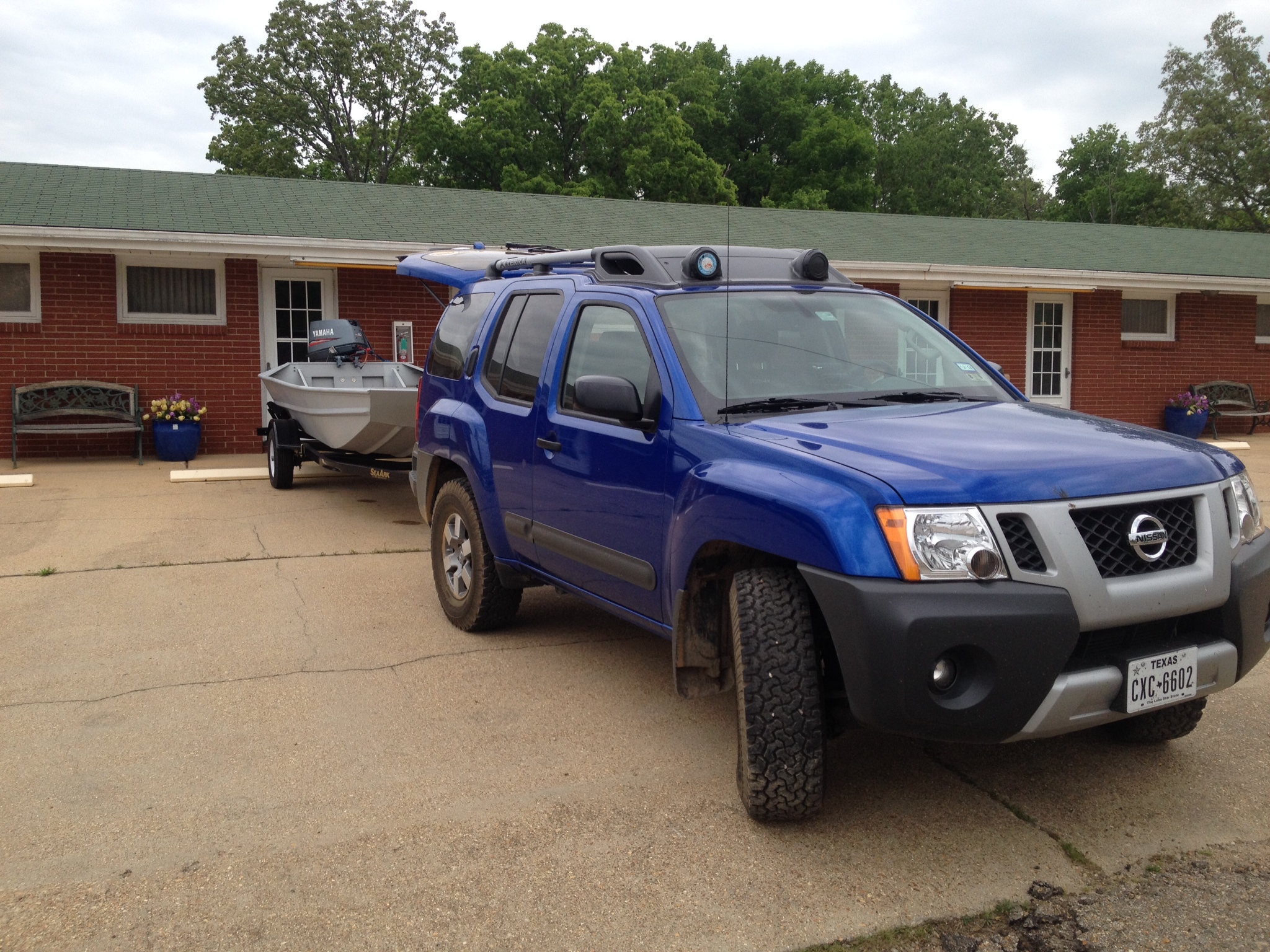
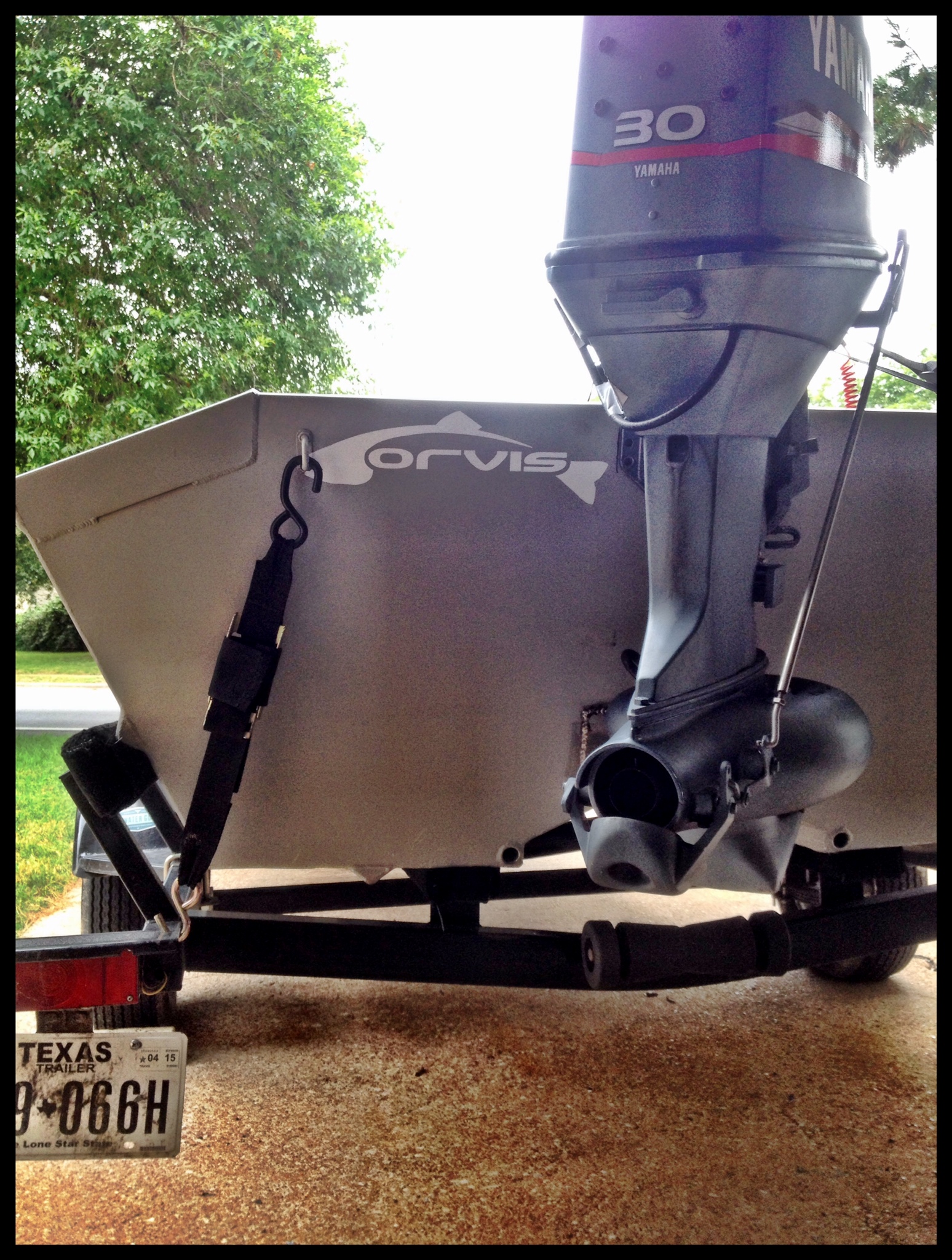

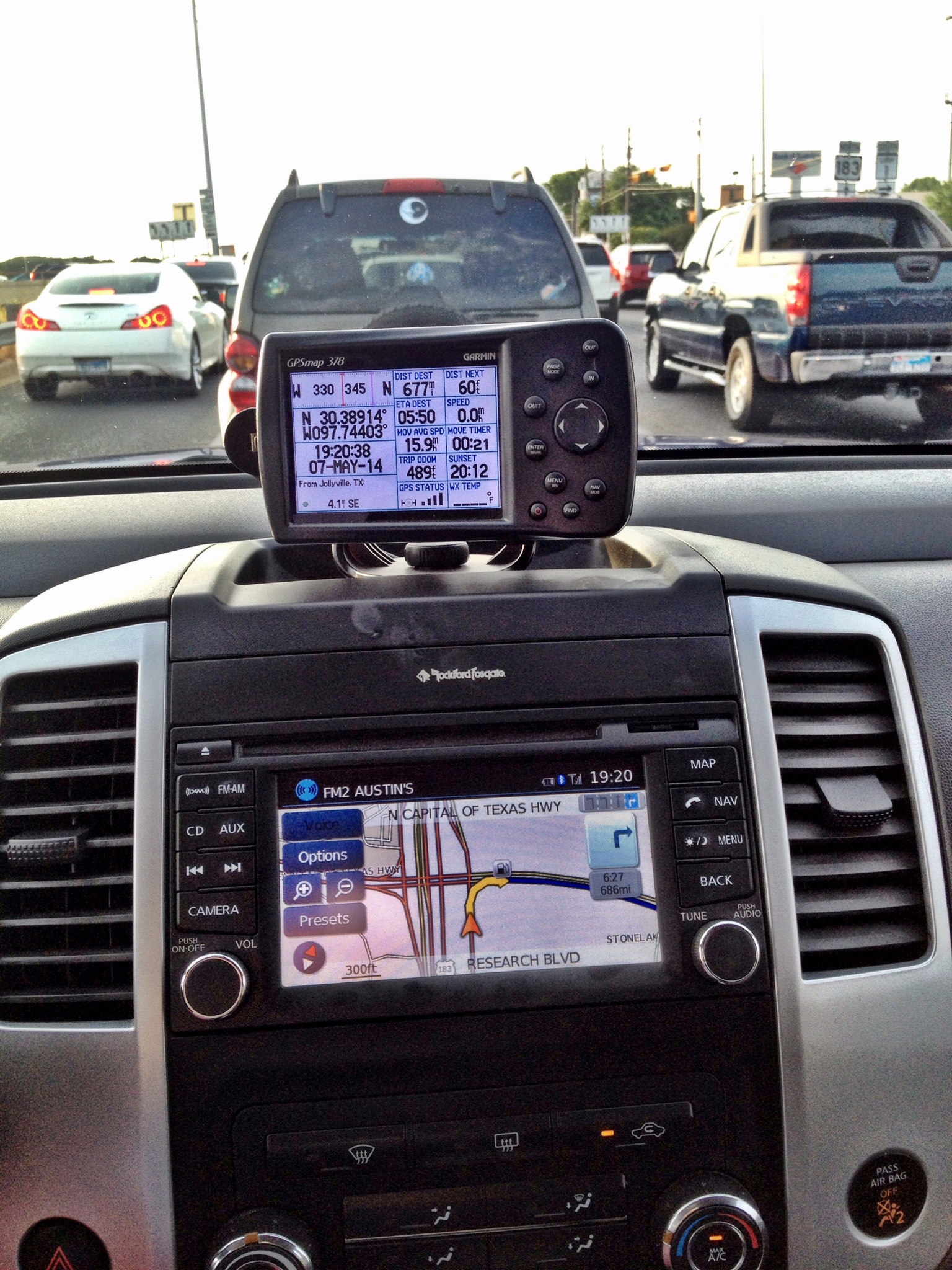

Freddy and the gang were worth every minute of the drive and their knowledge of lower-unit-less engines and boats is beyond awesome. I look forward to my return for a new engine.
Like I said in the previous post, I was going to do the exact same thing to this boat that I had done to the blue one. The SeaArk had a slight V in the Hull and I decided that needed to be addressed first. I had 4”x 4” 90 degree angle aluminium welded into the ribs to create a flat surface to build the flooring on. The flooring was Cedar planks that I sanded, epoxied, sanded, epoxied, sanded, epoxied and then sanded one more time with a final coat of spar varnish for the UV protection. I love wooden boats. My grandfather used to build them. I couldn’t not have the wood floors again, however, they are a huge pain in the ass to fit. I’m a huge fan of brute force and ignorance and in my diving days solved many problems with the idea that if a hammer wasn’t working a bigger one would. Fortunately, I was able to use the same tools my grandfather had used in his boat building; unfortunately his knowledge and experience did not magically pass through the tools as I had hoped it would. He died many years ago and I thought of him a lot while using them mostly during my many moments of frustration in not being able to beat the wood into submission with a larger hammer. The floors look great, however I can see every moment of frustration when my patience (or lack thereof) got the better of me. Guests don’t seem to mind.
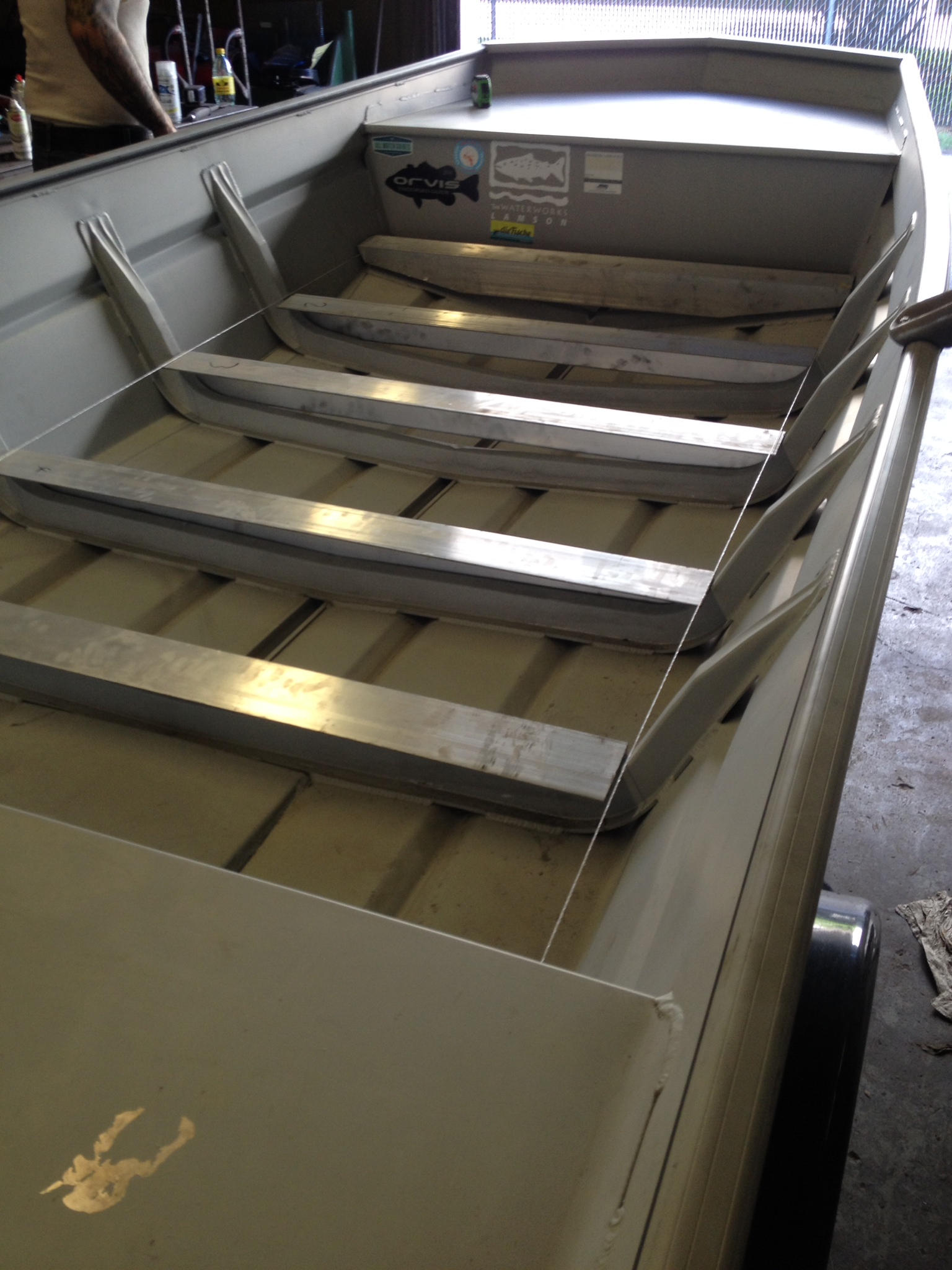
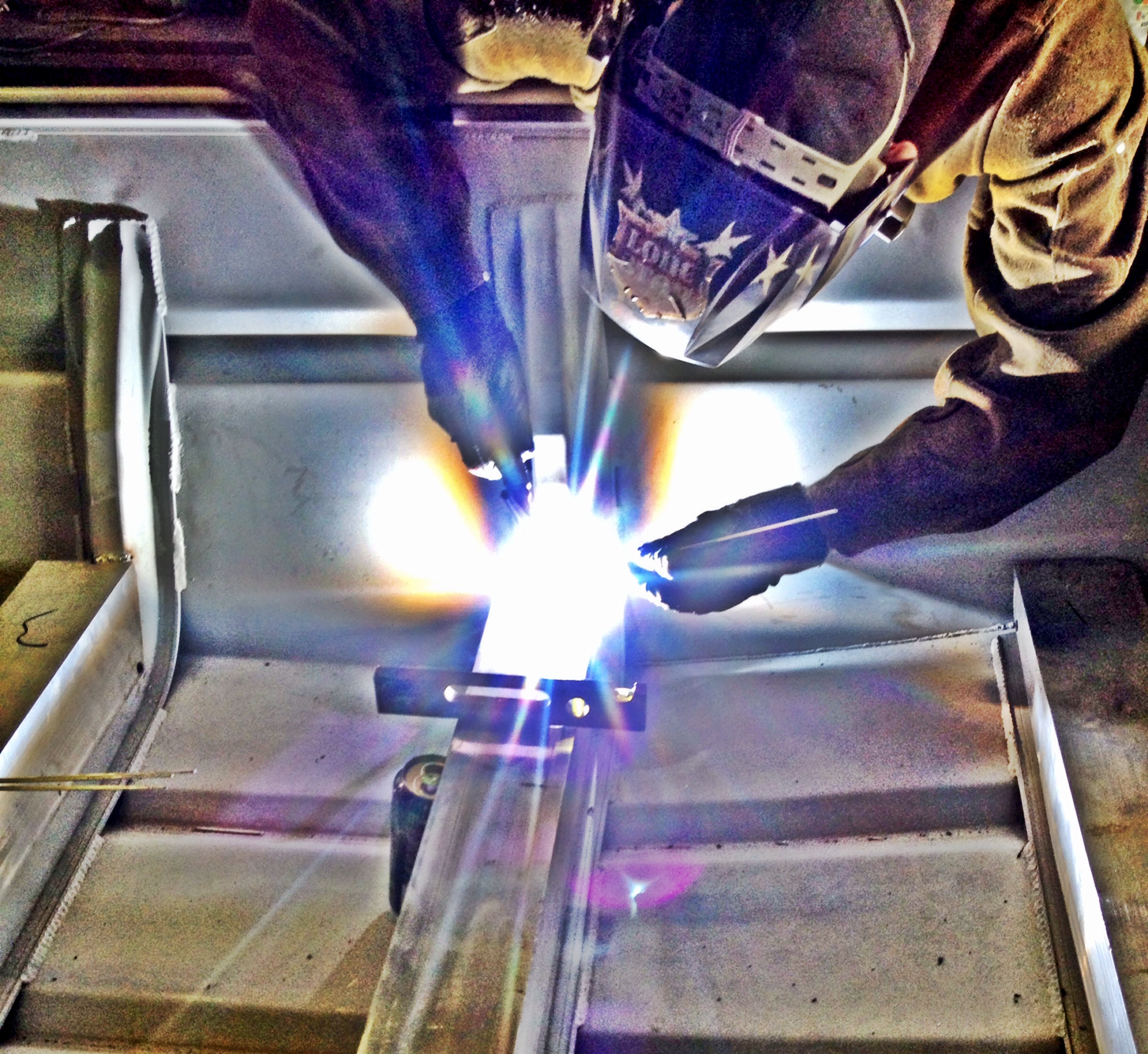
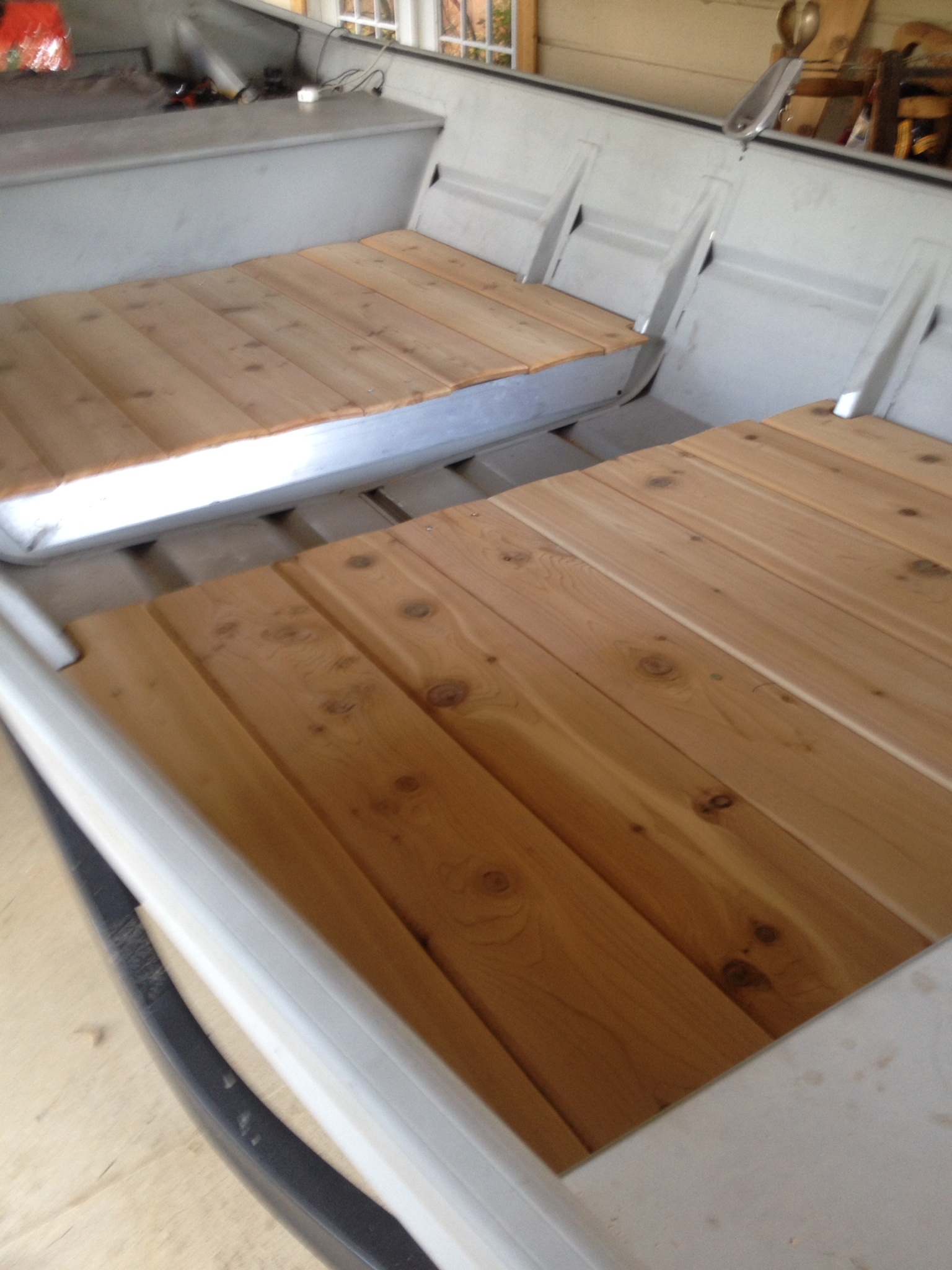

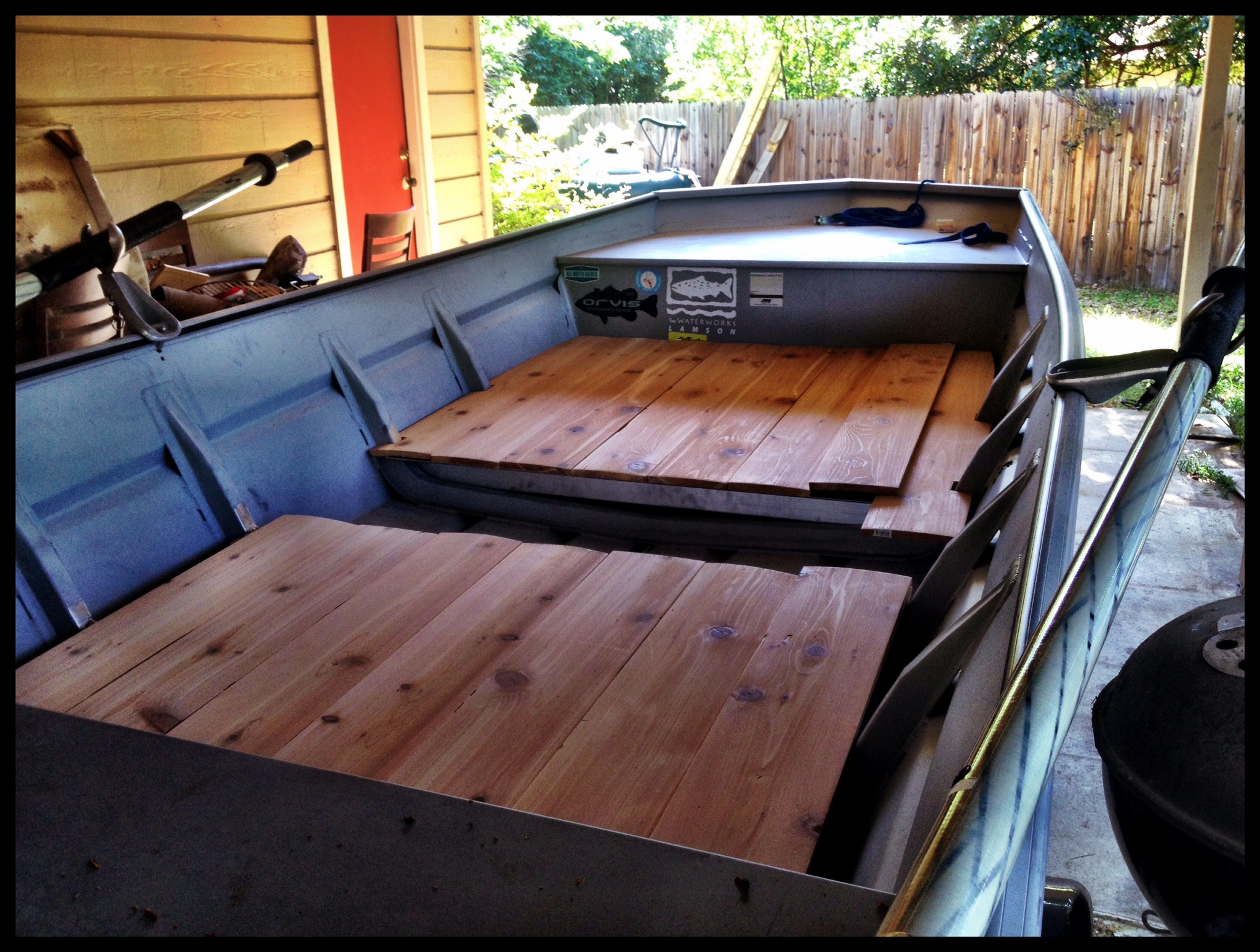
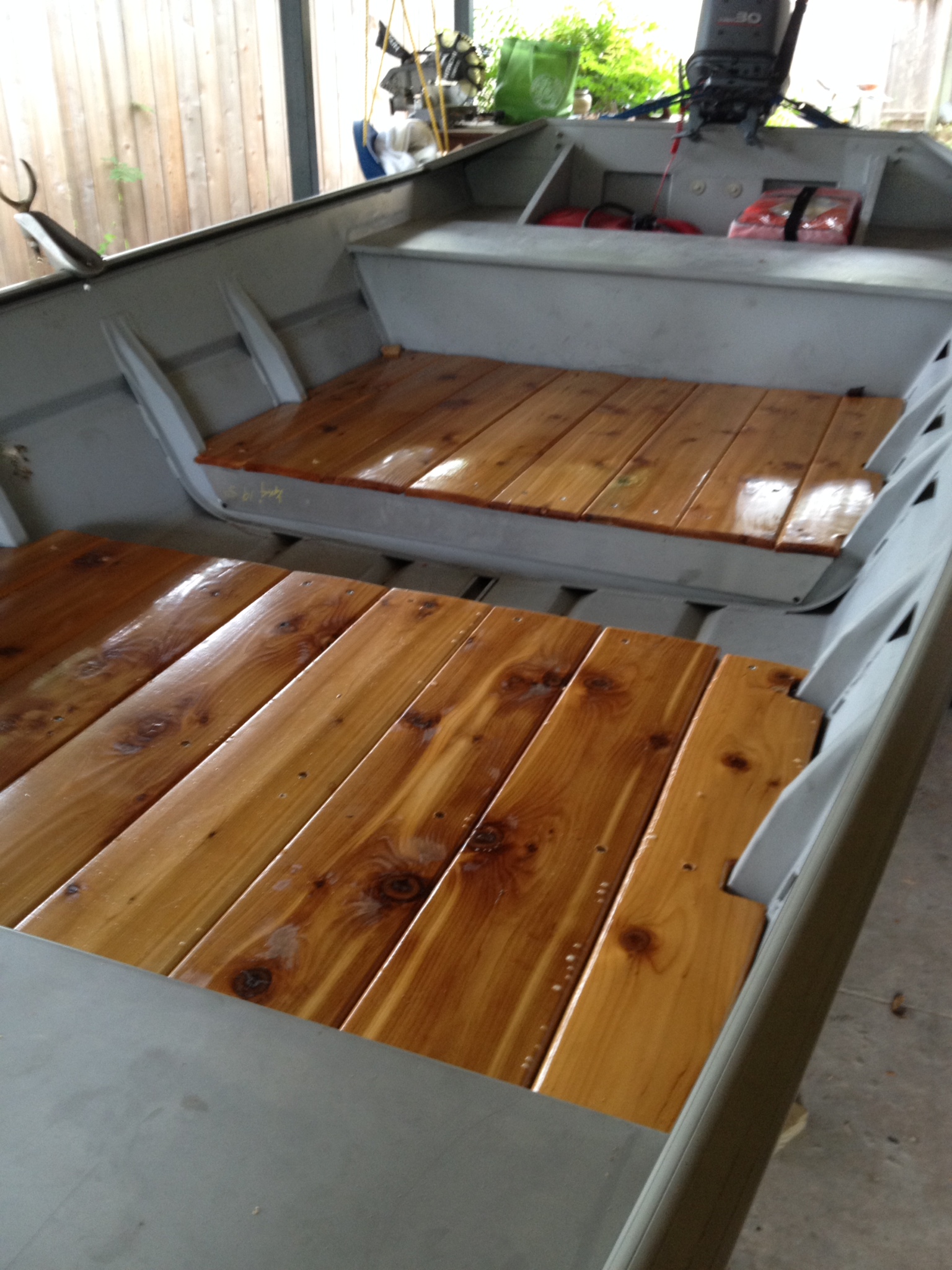
Supervision a year later...
Once the side pieces were cut and fitted to the ribs of the boat the rest went pretty quickly. I also can’t help but to think of my daughter, Poppy, who supervised the last boat, she was only a few months old and was pretty easy to occupy. She’s now almost 2 and has ZERO ability to sit and keep my company.
So that’s the floors. I was, at first, going to do lean bars and knee braces however after the first couple trips I’ve found out they aren’t really needed. It’s my opinion that maybe they create a false since of security for the anglers and without them my clients seem to have a better awareness of themselves and their movements while in the boat as long as I communicate my intentions while on the oars which is better for a lot of reasons. Speaking of the oars, I also didn’t have to create the “frame” like I had before. Oar locks u-bolt directly to the gunwales, which I need to move about a foot forward (boat forward) to give the front guy a little more room.
I, of course, have a laundry list of things to do still with rod holders being the first and some sea deck type stuff for the front casting platform (it gets hot) but since the boat was new there was no need to paint and do all that other nonsense that kept me so busy on the last project. Having the blue boat in my past made doing this boat so much easier, mainly because it was new…
Please contact me with any questions that I most likely did not answer. Alvin, JD and I would be more than happy to share what we’ve learned. We all run different rigs each having their own pros and cons.
Enjoy,
AWG
Dressing for Success: Or at least being able to stay on the water without suffering from heat exhaustion.
While Alvin and JD get to escape the summer heat of Texas, the rest of us will still run trips in the usual manner, however we’re going to be a little more inclined to do “half days” as opposed to the “full day trip” focusing on the early morning and late evenings.
During the next couple months we (as guides and fisherman) expect the brutal heat while on the water and do everything we can to prepare ourselves for it. Many of us guide and have “real jobs” on the side. Our preparation for the heat of the day not only keeps us fishing and guiding but allows us to not need a day off from our ‘day on the water’ to recuperate. Clients that show up dressed for the sun and heat in my experience catch more fish because they are able to fish hard from the first cast to last cast. Sun block, while an important part of the equation, can only go so far.
While on the water whether I’m fishing or guiding during the summer, you’ll find me covered from head to toe in clothing. Big straw hats, Buff sun masks, long sleeve shirts, pants and (yes, gloves). I’ve hyperlinked what I’m wearing in the picture. It seems to counter common sense that wearing so much clothing when its 105 will help keep you cool but it does. With the advances in outdoor clothing these technical garments create a barrier from the sun and “wick” moister (perspiration) in a way that you actually sweat less and what you do sweat evaporates in a more controlled manner. I’m not going to “cut and paste” a bunch of scientific evidence into this article as it is my experience that when I dress in this manner I’m a better guide for my clients and a better husband/father when my day on the water ends and the real work starts upon getting home.
Proper hydration isn’t something you can fix the day of. We all should be drinking water on a day-to-day basis. Bottled water won’t solve a dehydration or volume depletion problem the day of and while on the water, it can actually create serious complications (wearing my paramedic hat now) by flushing out electrolytes that well, are pretty damn important to being alive. As a medic this time of year we see a lot of people that don’t drink enough water on a day to day basis only to have it bite them in the ass after a full day in the sun. I’ve seen some scary cardiac rhythms associated with dehydration in “normal enough folks” that could have been avoided by just drinking a normal amount of water during the days before and wearing appropriate clothing. Shorts and t-shirts won’t cut it.
I think we all could easily drop a small fortune on gear without out a second thought. Personally it doesn’t take much to convince me that some shiny object to replace my perfectly good “older” shiny object is a must have for an upcoming trip (I’ve got a few coming). If you look at clothing as “gear” than it’s easy to justify a couple outfits for the elements. Rationally speaking it makes absolute sense to wear clothing that will keep you in the game longer whether it’s the trip of a lifetime or an afternoon on the Lower Colorado River with us.
See ya on the water!
AWG
A not so "fishy" report from Broken Bow, OK. From a while ago.
I started this a while ago; I remember where I was when I stopped typing. This blog post was going to be about a fun trip I had just returned from with Jef and Clay. As I typed it out that Saturday morning Alvin’s early phone call stopped me from finishing it mid sentence. This still will be about an awesome fishing trip to and awesome place with awesome friends, Alvin’s phone call that Saturday morning was the news that Clay had died the night before, it will be a little different than the original was going to be. Over the last 2 years (I guess) Clay had been pretty tied down with school. The paramedic program Clay had completed (I speak from experience) ain’t no joke. I very clearly remember being told early on that if you wanted to complete this 5-semester program, put everything on the back burner, friends, fun, hobbies, etc, etc, I did it and so did Clay. Clay had come through the pipeline and had been working as a Medic, we took a fishing trip that we had been talking about for as long as Clay had been in school.
We were trying to figure out a trip to New Mexico when Jef mentioned broken bow. Broken what I asked? Beavers Bend State park is a quick 6-hour drive from Austin. Jef set it all up and a few weeks after first talking about it we were cooking up IH-35 headed towards Oklahoma. There are people that know a lot more about this place than I do but I’m typing this and “they” aren’t. Maybe they would argue this but there was nothing tricky about this stream. For what it is spillway creek is awesome as was the fishing. This is a man made 4-mile stretch of water with every type of water imaginable, Pocket water, Fast water, slow water, undercut banks, and big…really big fish.
I’ll qualify how good the fishing was with this. The fishing was so good we didn’t take a single “grip & grin” we all had cameras we just never got around to pulling them out, we were too busy catching fish. Clay and I were fishing a hole when the fish started rising; I sat on a rock and heckled Clay as he caught one after another for about 30 minutes. Normally we would have fished it together taking turns, being up there for a few days allowed us to relax from our “pound it” mentality. I’m happy I sat on that rock and gave Clay a hard time. We fished together and alone. We fished Streamers, Dries and nymph’d. The fish were where they were supposed to be and it was magnificent. We fished 3 days and 2 nights. It was cold, ice in the guides cold. The days reached the lows 30’s and the nights dropped down into the teens. The cabins we stayed in were awesomely adequate. We ate like kings every night, then would settle in around the fire for cigar or 2 afterwards.
Just the ones we would take with us..
Lemons Clay, May you carry many. JF & WC
Clay was in rare form, or I should say back to his old self. Without the stress of school and now employed he was happier than I’d seen him be in a long time and he kept us laughing the whole time. Take from this what you will, Go check out Broken Bow, Ok. Stay the night and bring a buddy. The fishing was really spectacular and we didn’t really work that hard at it.
You are missed Clay,
Winston
AWG
Jet Sled version 2
Clay loading up a rod after a successful first run
A little while ago I bought a project and I'm about to start the process again. Last time I had a lot of requests to write a build report and not having the platform to do so I used FB which was me just posting a lot of pictures with out much reporting or content. This time around I plan to use this site and as this begins to take shape write about it.
So…the last project was a Jon or John boat with an outboard jet drive. From now on I’m just going to refer to these boats as Jet-Sleds. My first Jet-Sled (V1) was a riveted Alumacraft 1432 (14 feet long and 32” on the bottom) with an old Evinrude 25 hp.
Somewhere on I-35 Fueling up on a Double Quarter pounder
I really was Just buying the engine for another boat so I really didn’t care if the boat leaked (it did) or what condition it was in (rough). If I could get it for the right price (I did) the engine wouldn't even need to run (it didn’t). I had done enough research and talked to mechanics, friends and who ever would listen. We were confidant that if it didn't run 800 bucks would fix that (it did). The boat was reborn, used for a while with friends then sold when I ruptured my Achilles tendon, which was fine, I wasn’t in love with the boat. She was a handful on the water and in no way conducive to guiding. She did however run like a scalded dog and had a unique look. I plan to fix the “handful” problem with waterline and will most likely shoot for the same look and outfit the V2 Jet-sled in the same manner.
I really enjoyed the last project and tolerated (very well I must say) all the “dude, when ya gonna be done so "WE" can go fish in it” or “dude, your OCD”. This project will most likely take longer. Jet-sled V1 came as a package deal…Boat, Motor and trailer, at present time I have none of what I need accept a clearer understanding of what worked and what didn’t, that and a line on a 40/30 Yamadog.
Poppy supervising while I work, She's 18 months now so this wont work.
Stay tuned sports fans I’m looking forward to this project and sharing it on this web sites blog
Enjoy, tight lines and shallow running boats.
Winston
The Landing Net
One of the many attributes of fly fishing lies in the simple beauty of handcrafted gear commonly found in fly shops. Fortunately some companies continue to make a name for themselves by producing these finely crafted goods and products. Accordingly, whether it’s hand-tied flies or a custom rod, fly fisherman seem to have always coveted these artisan made goods.
Over the years I have had the luxury and opportunity to own many great hand-crafted fly fishing products—no matter the cost or the sacrifice. These cost were always justifiable, usually qualified as, “a legacy purchase to pass on to my grandchildren”, “one-of-a-kind”, “a-dying-art”, etc. When I was younger, single, and childless I could always find a way to afford those expensive aforementioned purchases and never regretted it one bit. Now I’m older, a bit less selfish, and married with kids who always seem to be needing braces, glasses, blank checks for after school activities, and a long list of other expenses. Frankly, it’s getting harder to justify buying expensive fly fishing gear or any gear for that reason. Fortunately, when you buy the best it seems to last forever and I want for nothing—well almost nothing.
For the good part of a decade — right about the time my second daughter was born — I have been wanting a hand-crafted landing net for my guiding. I have made due with a myriad of so-so mass-produced nets that never seem to hold up and always fall short of my expectations. Disclaimer: I am also very hard on my equipment. It’s been said more than a few times, “dude… you could brake an anvil!” As a result I usually am disappointed by mass-produced and poorly crafted gear.
A few months back I asked my good friend Jeff Robuck if he wanted to go on a float on a local river. Jeff was in, however, he made it clear that he wanted to do some wading in order to test out his new net. Once I heard net I was all ears. You see, Jeff is a very talented wood worker, sculptor, and world class craftsmen. How many of you reading this have ever built a bamboo rod, an electric guitar, custom furniture, countless cabinets, etc? My guess is that your answer is along the lines of, “nope”, “never” or “once, but it was a disaster”. Well, in Jeff’s case he has done it all and always better than most. I have friends that are richer than Jeff but few are more talented. When he showed up to go fishing that day his net was one of his own creations, a true one-of-a-kind, beautifully crafted, and most astonishingly, it was the first one he had ever built. I have seen a lot of great nets in my day and this one was a beauty and near perfect. I remember thinking that net is too beautiful to ride in the back of my truck.
We had a heck of a day fishing and his net got a work out — especially when he caught a nice 20” hooked-jawed rainbow. It was that giant fish that convinced Jeff that he needed to build a much bigger second net for himself. On the way back from the river Jeff reflected on the day and all of the great days we have shared in my boat over the last several seasons. All I could do is think about that damn net and how he could craft something that beautiful without previous knowledge of net building, no plans, or a jig to go by. Finally, I had to ask the unthinkable, “Hey Jeff, could you build me a landing net and what would it cost?” His answer floored me, “Yes, I can build you a net, and it won’t cost you a dime.” I insisted that I must pay something. I didn’t have any money but had a hunch that I could talk my wife and daughters into buying it as a Christmas/birthday/anniversary/father’s day gift. Jeff replied, “Yeck no, you take me fishing and I want repay the favor”. He then added, “You can help me build it and then it will have even more importance to you.” It’s funny that Jeff would even think of involving me in this process. On several ocassions he has seen firsthand my poor wood-working skills on more than one ill-fated projects ranging from rod racks to floors for my raft to a bed for my truck. All were laughably none were successful.
On a warm winter day last week and a rare day off I went over to Jeff’s workshop and began my apprenticeship as a “net builder in training”. Upon my arrival he had already traced out a 54” long landing net based on his recollection of our previous conversations. He wanted my input all I could do is smile and reply “it’s freakin' awesome”. From there we proceeded to make the plywood jig that would house the strips of teak and Brazilian tiger wood. After cutting all the components and a dry-fit in the jig it was time to mix up the epoxy and start clamping up the net.
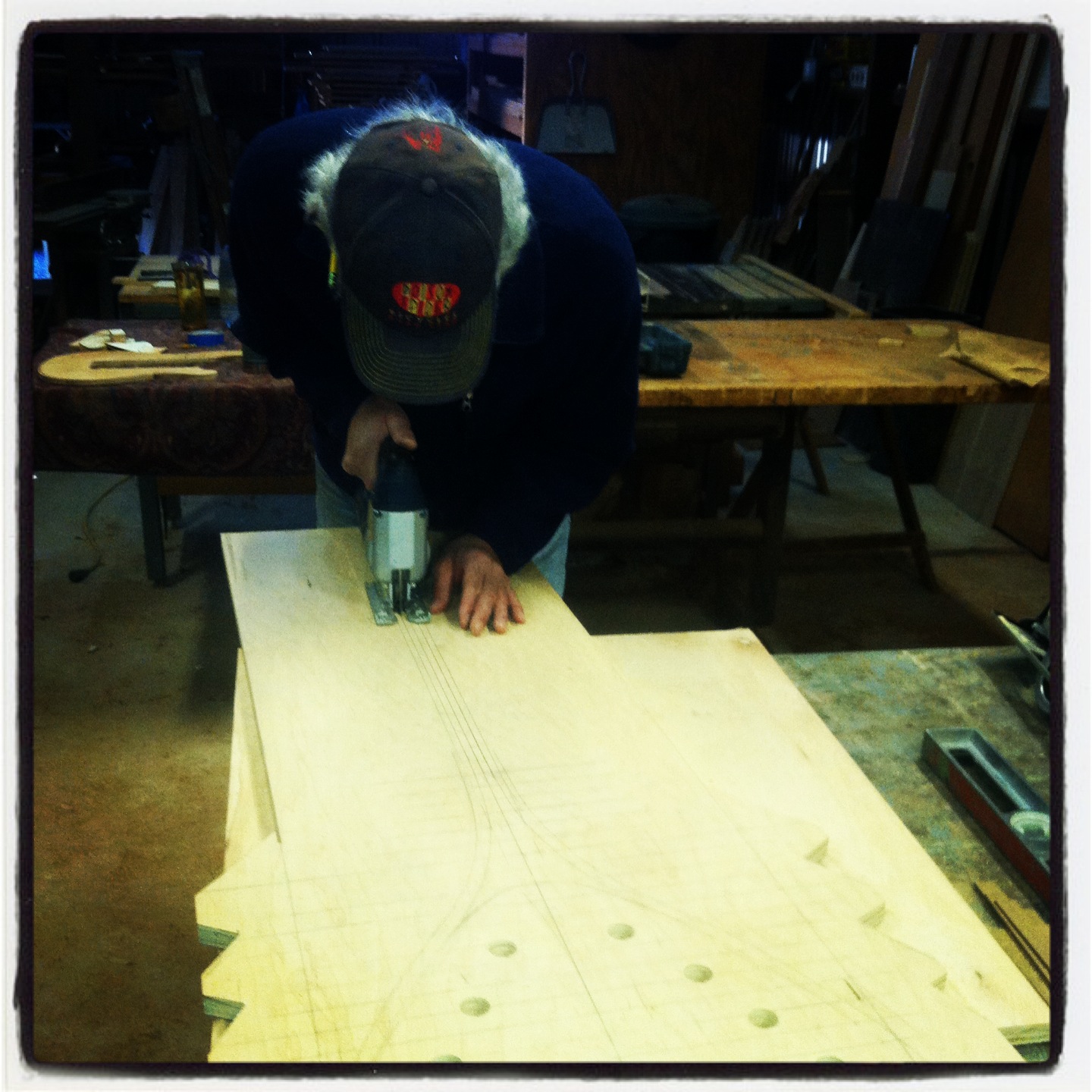
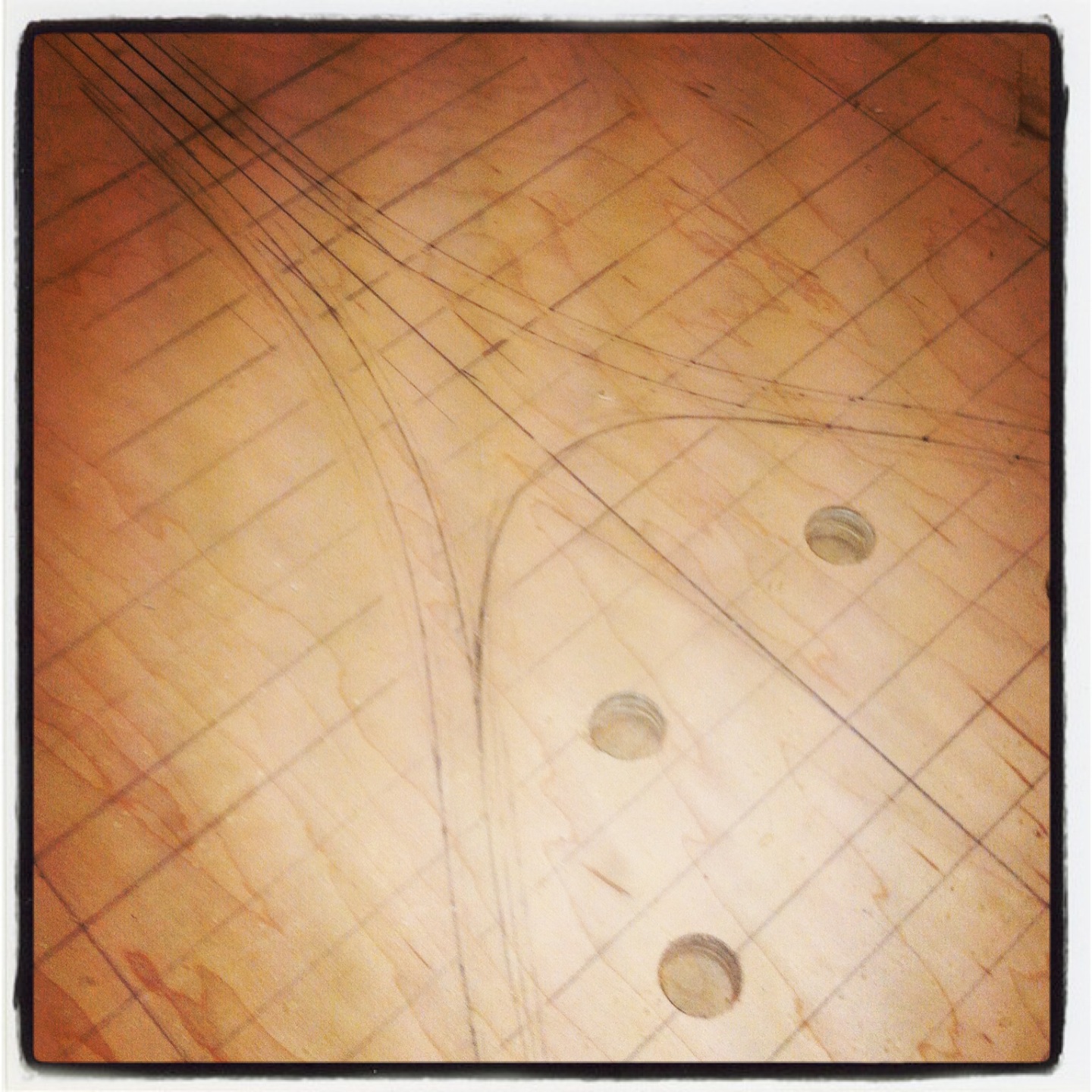
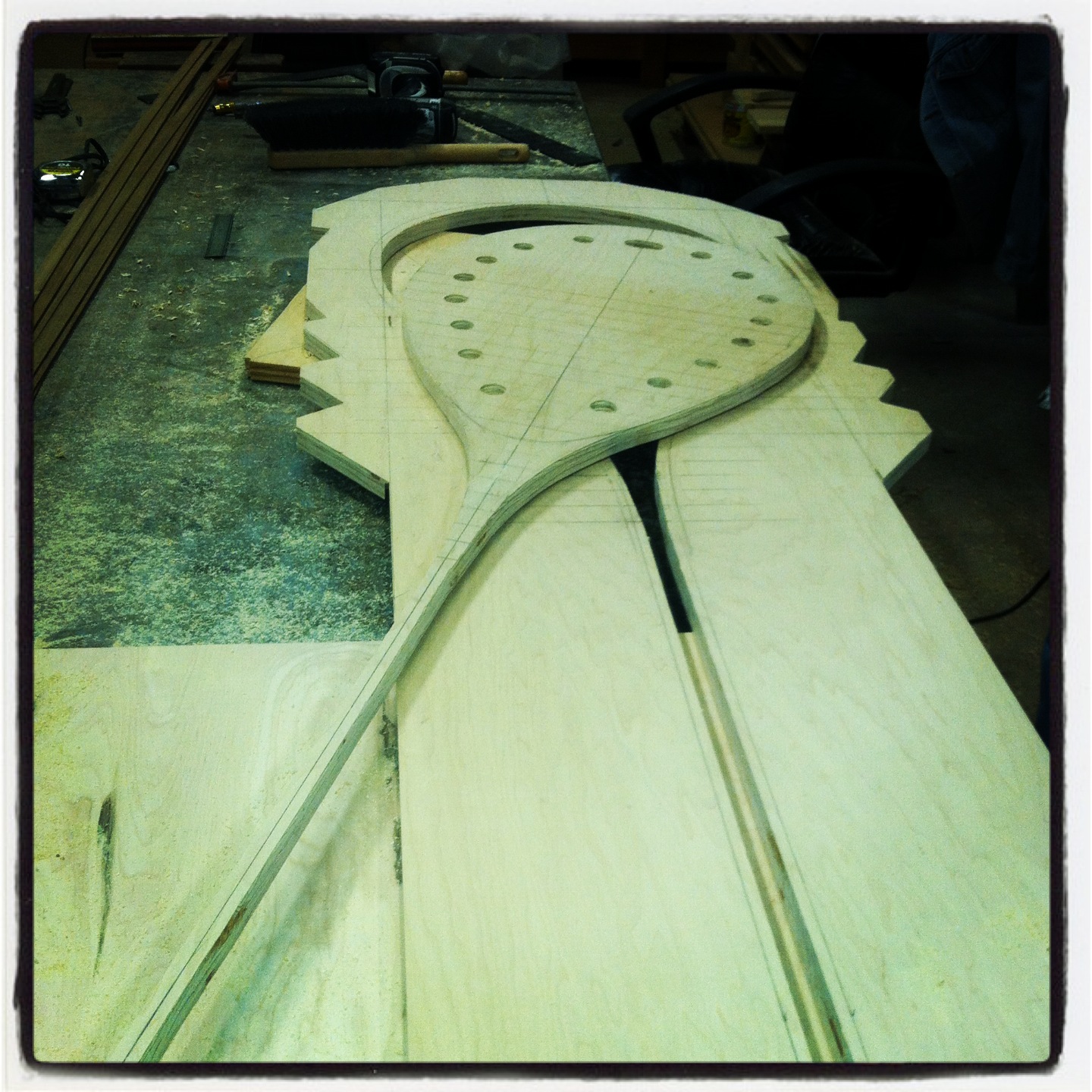
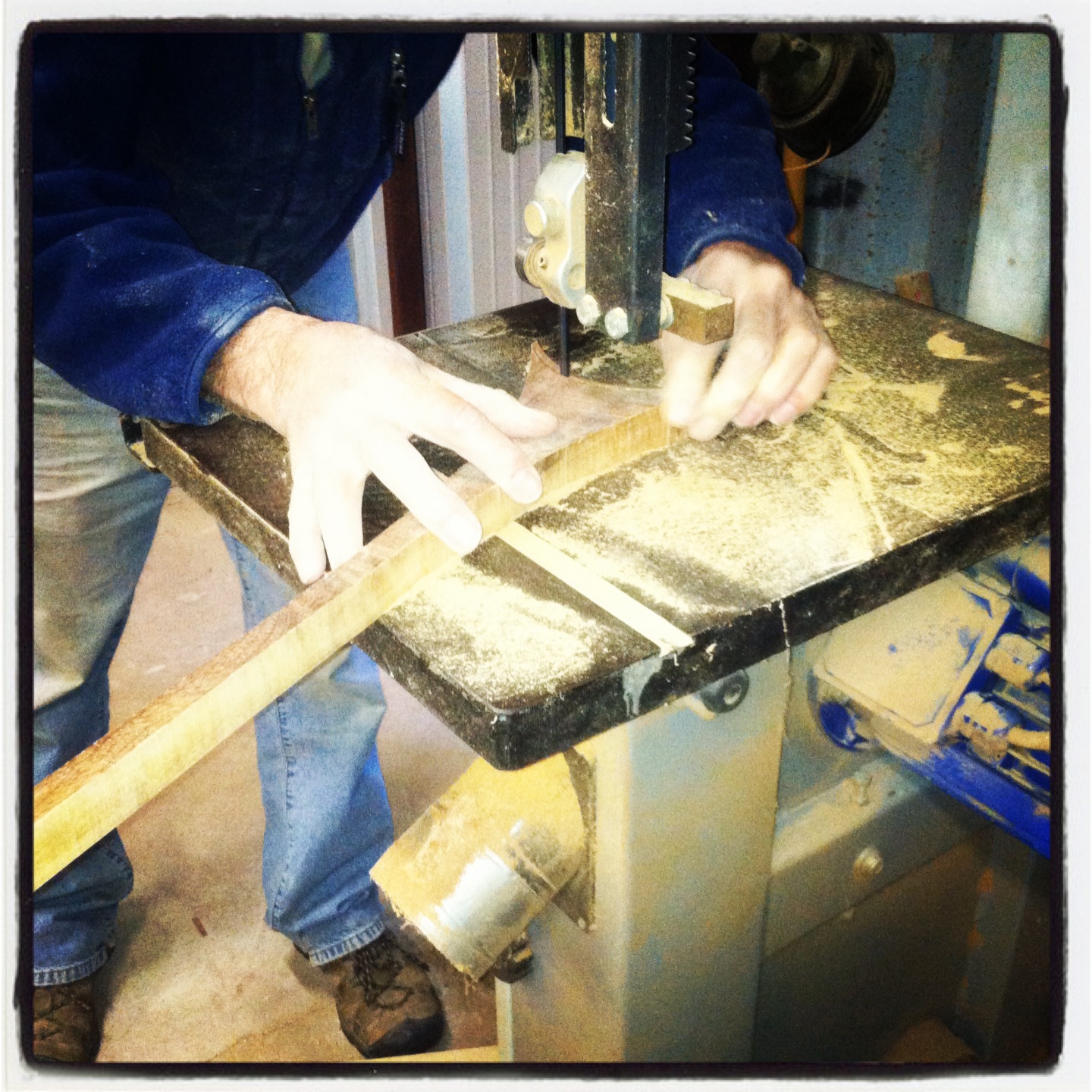
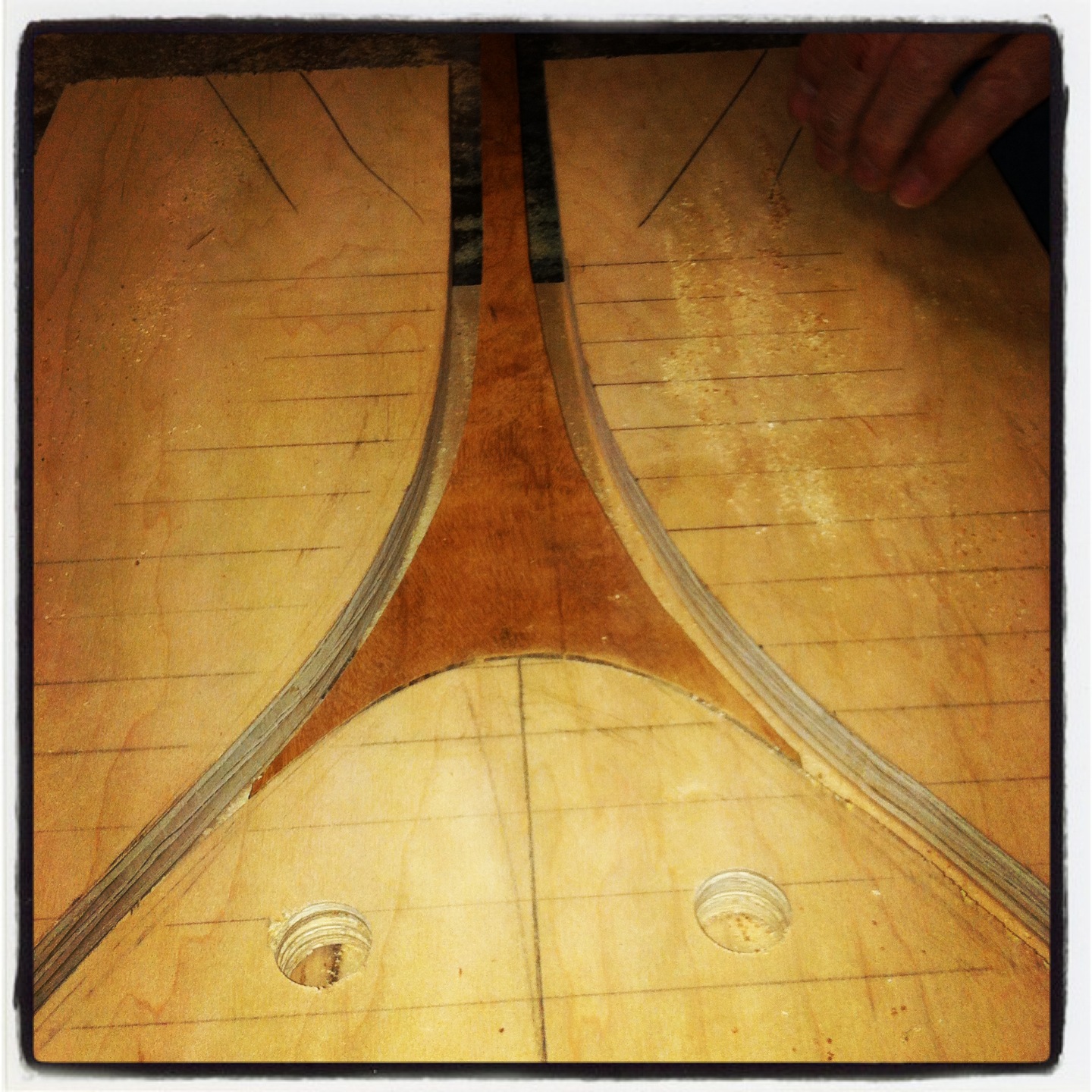
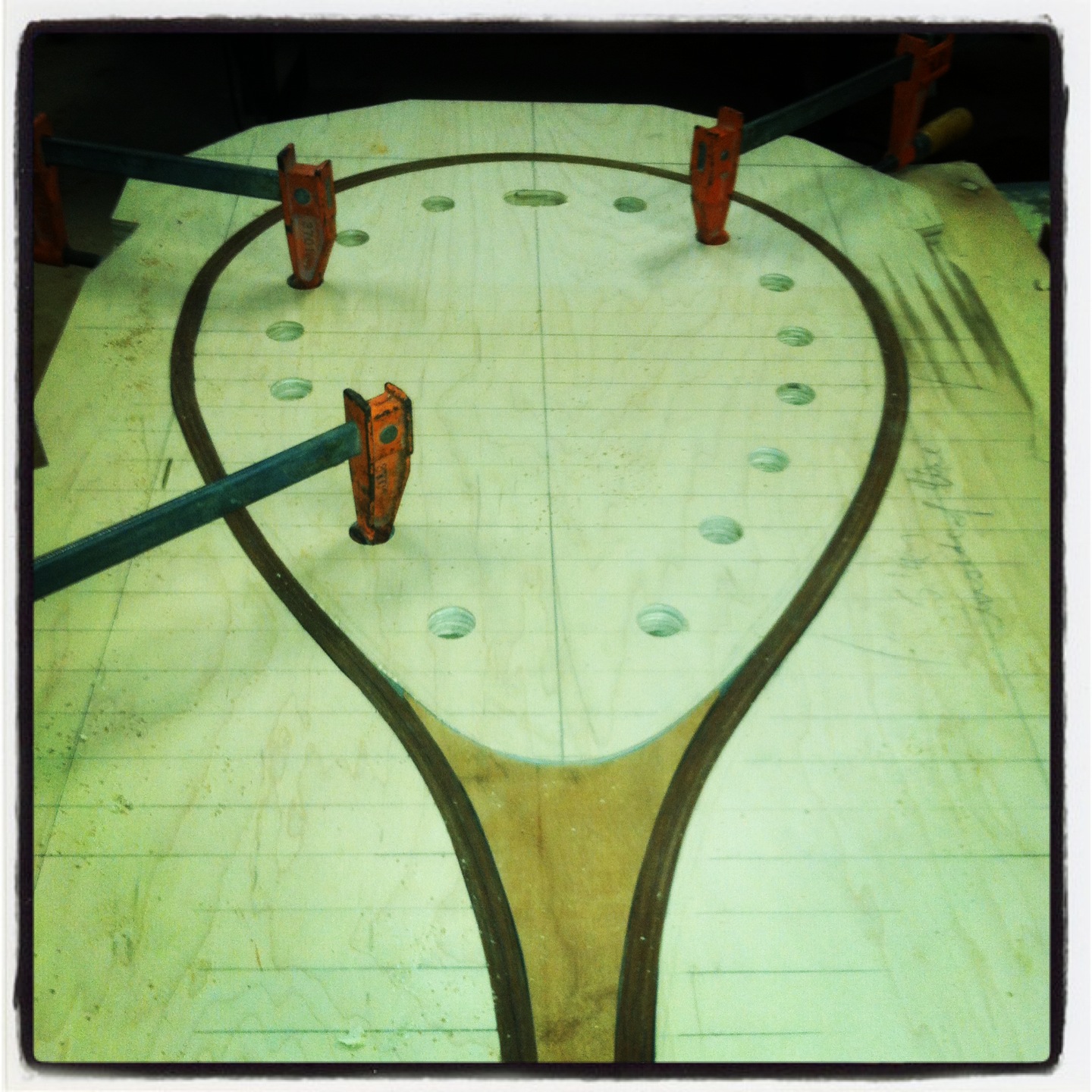
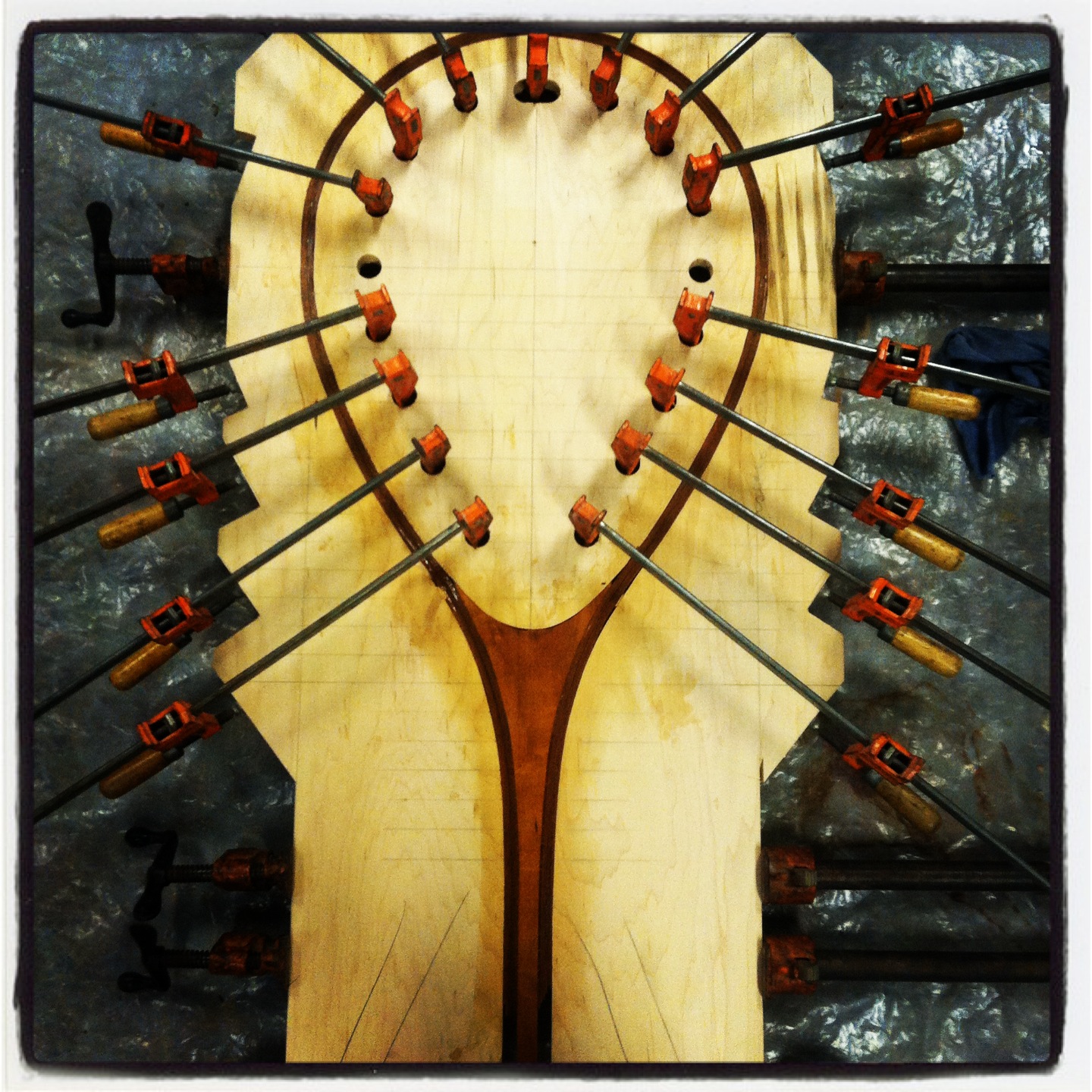
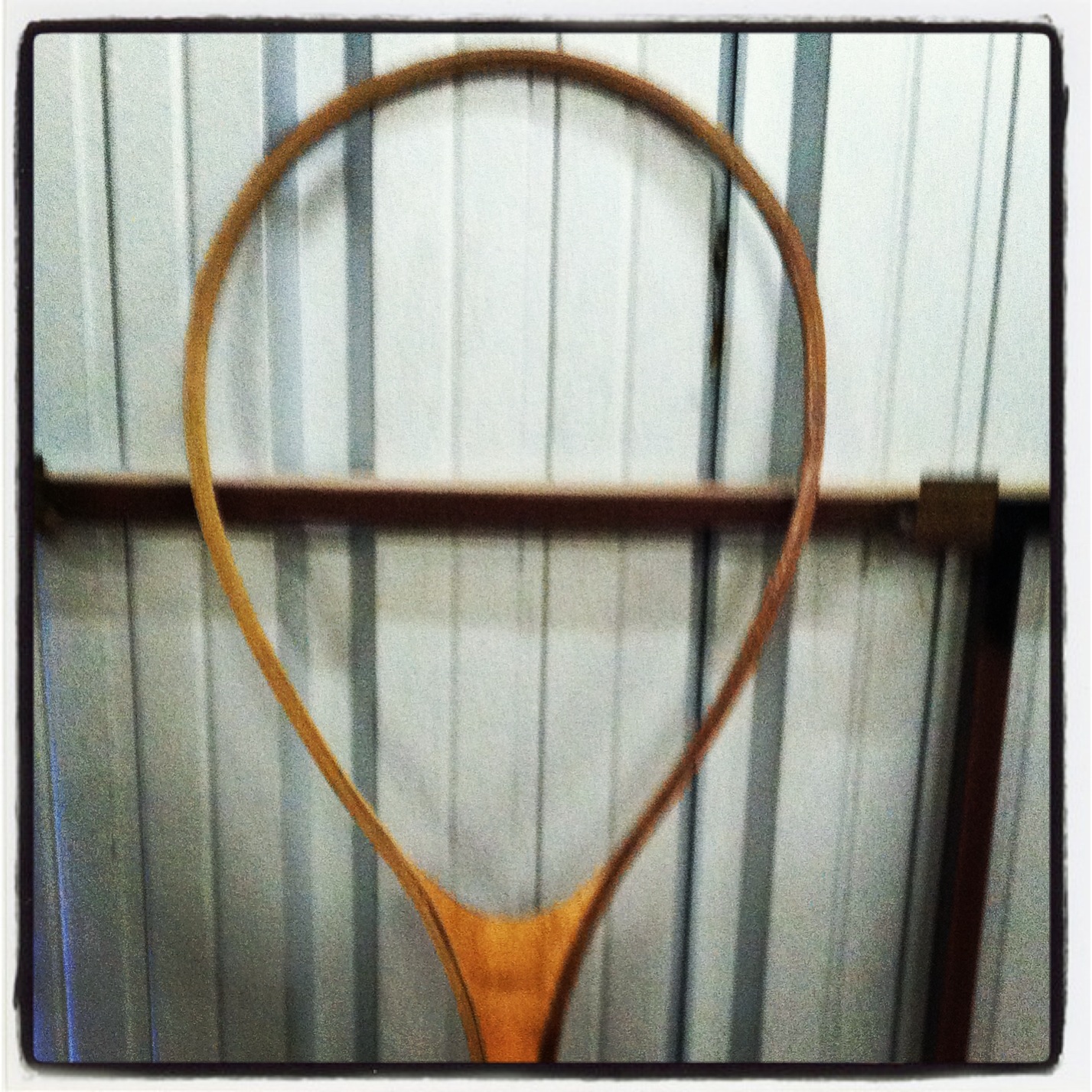
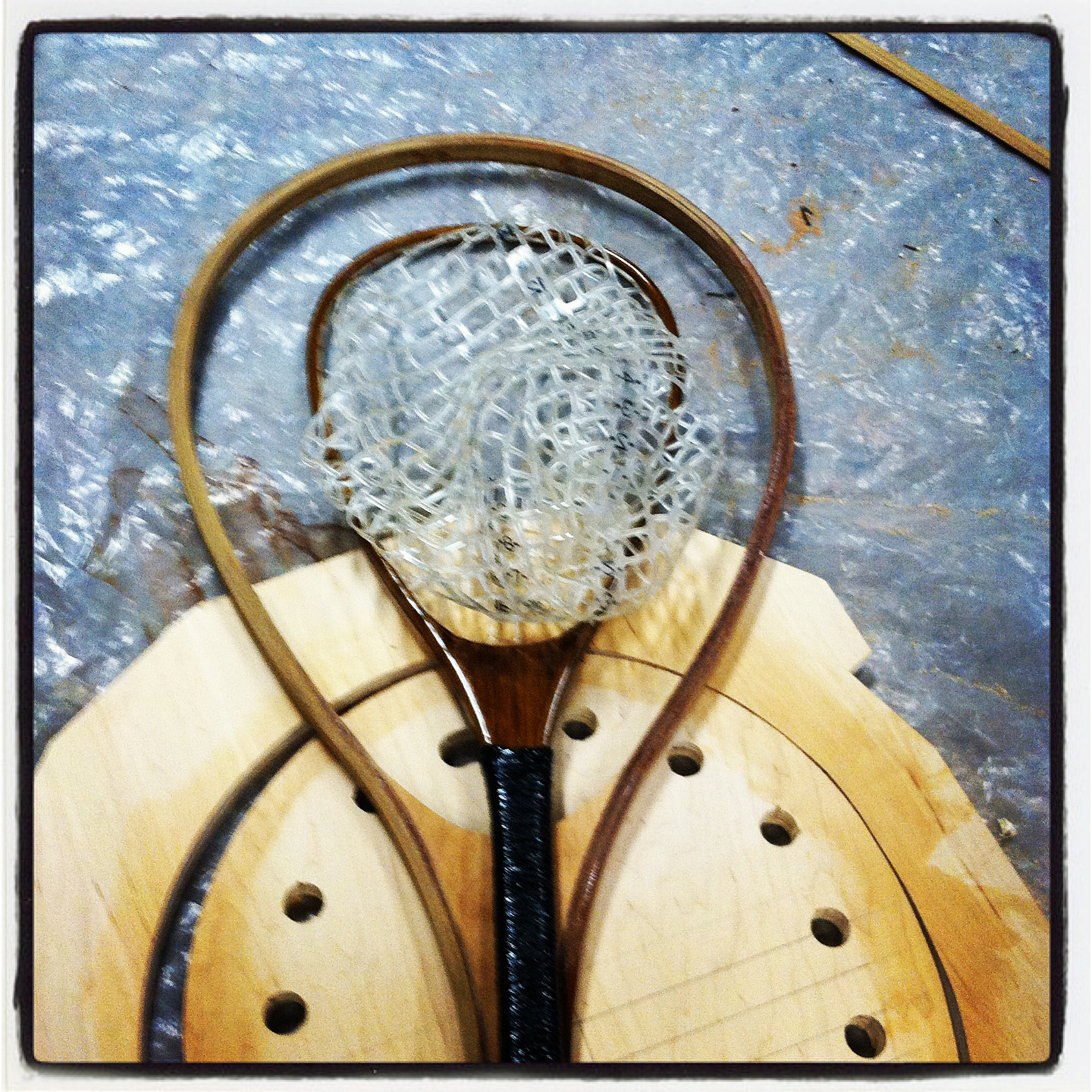
For the next 72 hours time seemed to stand still until I received the text from Jeff containing the image of “the net” out of the jig and ready for routing, sanding, and spar varnish. Fast forward to the day of the Super Bowl (AKA: Floyd Mayweather’s Last Day as a Millionaire). My full-day float trip had turned into a half-day trip due to my client’s kiddo’s frozen hands and feet (remember I guide in Texas — not BC or Michigan — and we aren’t built for temperatures below 30°F). Heading home from the river early I picked up the phone and invited Jeff over for my not-so-famous turkey chili, beers, and the big game. Jeff insisted—as always—on bringing something and I insisted back that we needed nothing. In true Jeff Robuck fashion he didn’t show up empty handed. In walked Jeff with the most beautiful landing net I have ever seen, which turned out to be the best part of the Super Bowl.
In a few years none of us will remember that Superbowl, but mark my words, I’ll remember that Sunday as the day I first laid eyes on my landing net. Like all of you, I will always remember and appreciate those special one-of-a-kind, hand-crafted, artisian-made goods that someone somewhere took the time to build and cared enough to craft. In the end, handcrafted fly-fishing goods are worth every penny and are a longstanding tradition of fly fishing that is worth preserving.
Jeff Robuck might (I repeat, might) build you a net, a bamboo rod, or even a custom guitar for the right price—the price might shock you but the end result will truly amaze you. It’s hard to put a price for a one-of-a-kind work of art that you will enjoy for a lifetime and more.
PS: The Landing net is now getting spar varnished and the clear net attached. Hoping to have it on the boat by this weekend. Fingers crossed!
REALITY CHECK
Being the greenest member of this group when it comes to guiding I had a less than comfort level with the Guadalupe, professionally speaking. With a couple trips around the corner I asked Alvin to play Client for a day and join me on the Guadalupe on his next day off. First, this says a lot about Alvin. He knew it was important enough to me to do and as the Boss his “open door” policy meant that on his day off (a cold and windy one at that) he would spend it with me on the water and away from home. Honesty, any of the guys would have done it. Good dudes for sure!
A walk to the boat
So now that I’m done kissing ass I’ll say this. I’ve got no problem rolling into a joint I know nothing about and catching fish. Fish gotta eat, and I’m good enough to catch them, as I did last month in the “middle of nowhere” Kentucky. This “lunch with the boss” was all about AWG clients. I’ve fished the Guad enough to know the “fishing” aspect this trip was more logistics.
With an open seat on the boat and my spot for the day being understood (just row, Winston) I invited a dude who, in my opinion, is Central Texas fly-fishing, Mr Diefische. If you follow Diefische (I think you should) you know that last year he unlocked the Guad and will probably do so again this year. He is a great writer, a solid fisherman and humble, as the day we were about to have is long. Fun dudes to have on the boat for sure!
So we pushed off around 1200 and to make a long story short, 4 hours later we had managed 1 fish. I had 2 dudes that knew that river as well as anyone. We fished flies we knew work and when they didn’t we changed it up to others. We didn’t “throw the kitchen sink” at them instead we focused in finer on what we knew had worked in the past and fished a little harder.
Say Cheese Mr fische
I was out for other reasons than just catching fish, so for me the day was hugely successful. Tail Waters are tricky; they seem to have an on/off switch. This was a good reminder that when the fishing is off the fish don’t care who is in the boat. As we said our goodbyes I remembered what my friend Jake said once “a skunk day will show you more about the character of your fishing buddies than anything else” but we didn’t get skunked so who cares what Jake and those “chi Wulff guys” think.
That dreaded ramp, "joe client" no more...crank it Alvin
A good reality check sure does sting sometimes.
Tight Lines,
AWG
I got bored. Tied up some leaders, then decided to write about it.
I first need to say that I enjoy building my own leaders. Most likely the store bought ones are better. (However, I cut those up too.) Also it gets expensive if you’re as tough on stuff as I am. Many in our community enjoy tying flies, I don’t. I enjoy building my own leaders. My nymph rig is not my own as I’ve cut and pasted what I like from others I’ve seen. It also needs to be said that Indicator Nymphing is pretty new to me. Having not grownup around tail waters I learned other ways.
My biggest issue with bobbers is that they destroy my leaders. Okay, “destroy” is probably the wrong word. My leaders seem to get all jacked-up from them though. You’ll notice a couple things in my rig. First, I run my bobber “inline” and secondly, I use a swivel. If you don’t see it, trust me it’s there. I’ll leave the swivel alone for now to let that digest. The nail knots of old fly-line secure the bobber where you want it on the butt section giving you your desired depth. However, you can make adjustments to your depth by just sliding the nail knots up and down the butt section. I’ve tried this on tapered leaders without much success. I think the declining diameter of the butt section allows the nail knots to slip. For comparison, this leader recipe will be pretty darn close to an Orvis 9’ 5x knotless tapered leader.
I use 3-4 feet of 30lb MAXIMA Ultragreen Mono (0.22”) for my butt section. MAXIMA is great stuff and has the stiffness required for a butt section. I’m pretty diligent on my lengths, for various and complicated reasons, so when I say 3-4 feet it is 3 feet or 4. I cut a longer section to work with and thread the bobber on inline. Then with old fly line tie in 2 nail knots on either side. Make them good and make them tight. I do 5 turns in mine. After you’re done with that, tie your perfection loop in one end and cut down your leaders butt section to the desired length keeping in mind the knot. (I’m a perfectionist and, yes, I will start over if it’s an inch off.)
For my mid section, I use Berkley VANISH Fluorocarbon. It’s supple and a good transition to the tip. With a 30lb butt section I’ll use 10lb test (0.11”) tied in with an improved blood knot. Capt. Dave Hunt, a tarpon guide whom I’ve fished with, instilled in me the importance of choosing the right knot for the right application, which I appreciate. Because of the drop in diameter between the two, I feel the improved is a better choice but I could be wrong. To finish off the mid section I use a swivel.
If you’ve never used a swivel or a tippet ring you should give it a shot. I am constantly breaking off, knotting up, cutting back…etc…etc… my tip section. The swivel helps with the cold finger tie-in if you have to completely redo your flies because of a tree, besides the extra little weight is good and I promise the fish don’t care. The business end of the rig is completely up to you.
For my tip section, I will tie to the swivel 1-2 feet of 4lb Berkley VANISH (0.009”) then my Frogs Hair Tippet 5x with a good ole’ double surgeons knot. I like the Frogs Hair because I get a deal on it and I’m nerdy. The gamma technology and their proprietary process is fun to read about and just like the Vanish it is made in the USA.
So there ya have it! Take it or leave it, use it or don’t. Just go fishing.
Tight lines
W
What's working?
Lately, a lot of folks are asking me the same question, "what flies are working?" We are keeping it simple throwing crawfish patterns in black and brown as well as Clouser Minnows in chartreuse and white. Also, we did manage to catch a few nice fish on poppers this past week when the weather and water temps permitted. Pretty basic patterns are the ticket for winter bass on the Colorado River.
My new favorite crawfish pattern is the Lead-eyed Double Bunny Crawfish (AKA "DB Craw") tied on 1/0 — 2X Mustad Signature hook. The two most productive colors are black and brown/orange. As predicted all of my crawfish patterns are tied with with a 25# mono (Hard Mason) weed-guard.
In the winter we get a really good run of white bass mixed in with our usual catches of Guadalupe and large mouth bass. We have yet to find a more productive fly for white bass than the Clouser Minnow. The best color has been chartreuse and white Clousers using 1/32 oz. on lead-eyes tied on a 1/0 — 2X Mustad Signature hook with a 25# mono (Hard Mason) weed-guard.
Winter bass fishing is great right now so grab a handful of crawfish and Clouser patterns and your favorite 6-weight the bass are ready and willing!
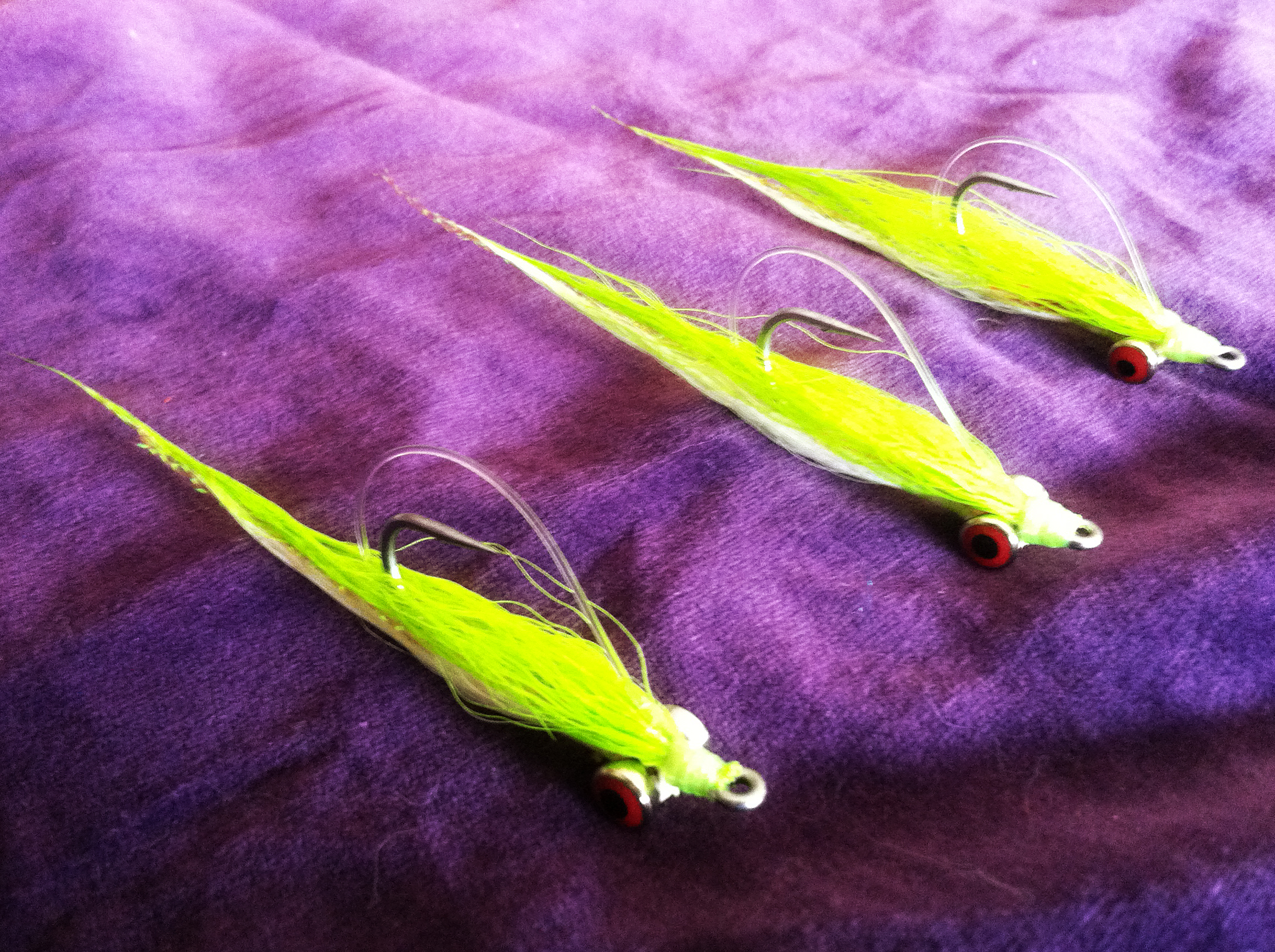
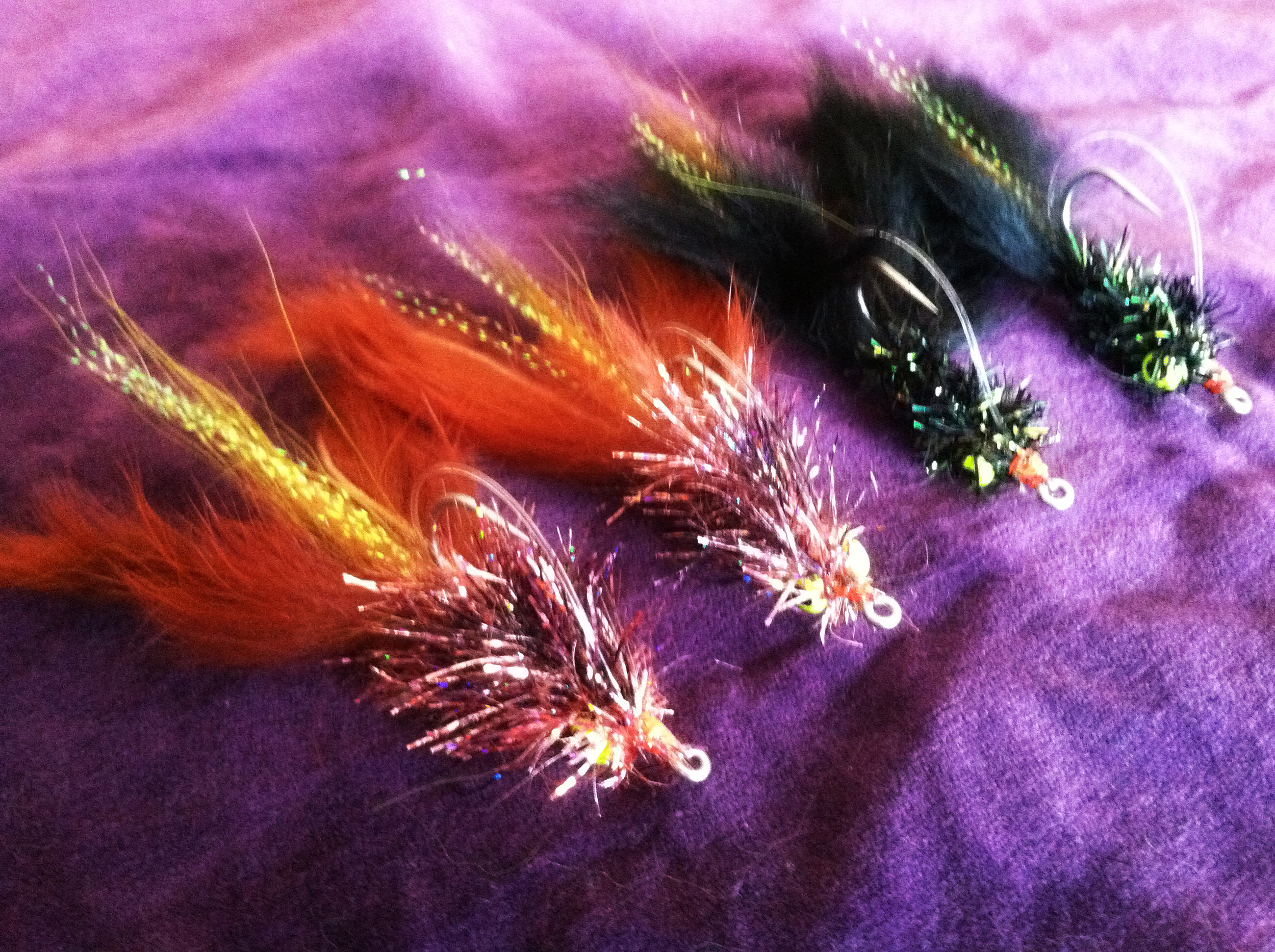
The Bench Warmer
No one wants to be called a “bench warmer”, but the truth is, every team relies on crucial players that spend most of their time on the bench. So, what does this have to do with fly fishing? As fishing guides we are all very reliant on fly boxes stuffed full of well-crafted flies, which have to be tied by someone with special skills manning a fly tying “bench”. For us a bench warmer is someone who can spend hour after hour at the tying bench cranking out flies.
Over the course of a season we go through a ton of flies and we can’t physically—or mentally—handle tying flies day-in and day-out. We are talking about hundreds of flies, some of which are difficult and time consuming to tie and quite frankly, beyond our skill set. Additionally, many of our favorite patterns are custom, meaning that they vary greatly from the flies you can find in your local fly shop or online retailer. In almost all cases our flies need to be more durable, have specific color variations, and other incorporate finishes like heavy weighted eyes and stout weed guards.
For the last couple of years I kept seeing photos and reading post from a group of hardcore smallmouth and pike fisherman in the northeast who were catching nice fish on beautiful flies tied by this crazy bearded and tattooed fly tier named Pat Cohen. Sure enough I checked out Pat’s website and friended him on Facebook and it didn’t take long for me to realize that Pat has some mad tying skills that I will never master.
Pat not only speaks bass fishing, he is also a diehard bass fisherman. It shows in his flies, which reflect his vast knowledge of bass, where they hide, what they eat, and most importantly, what they can be fooled by. I am excited that Pat has offered to work with me and All Water Guides to further develop a his already incredible line of crawfish, baitfish, popper and diver patterns. With our year-round bass fishery here in Texas—our northern brethren don’t get to bass fish all winter like us—and plenty of huge river bass we have the ability to field test new prototypes and refine existing patterns giving Pat “real-time” data all year long.
I spent the weekend testing some custom divers Pat recently tied for me. Despite poor water visibility, cold temperatures and heavy weekend fishing pressure these divers moved some huge bass. See for your self how beautiful Pat’s flies are—follow him on Facebook or better yet visit his website and order flies from him direct.
Imagine this. Pat ties every fly himself—using the absolute best materials—and when you call him on the phone you actually get to speak to Pat. As far as we are concerned a bench warmer is a good thing and when Pat Cohen is at his bench that means we can all be catching fish.
Jet Boatin' Road Trip
Jeff Davis and I took a little road trip to southern Missouri the other day. The reason was to pick up a jet drive outboard for my new Hog Island Skiff. We kept getting asked why we were driving so far to buy a boat motor.
Well you see this is no ordinary boat motor. Outboard jets are not real common in this part of the country. Anglers in Arkansas and Missouri have used jet powered boats for years to access shallow rocky sections of their rivers that conventional prop driven boats would never survive in.
On rivers where there is little access or long distances between put ins and takeouts, a jet boat can open up miles of seldom fished water. When floating under oar or paddle power fishing a 6 mile section of the river can take all day. With the option to use the engine we can cover 12 to 20 miles of water with no problem. Because we are in no hurry to get downstream we can take our time in the best water and motor through the less productive sections.
Proper hydration while avoiding the use-and-toss mentality
Fishing as well as guiding in the Texas heat takes a toll on our bodies and dehydration is always a concern. Experienced guides stress proper hydration to their clients throughout a long day of fishing. According to the American College of Sports Medicine, to avoid dehydration, active people should drink approximately 16 ounces of H20 one to two hours before an outdoor activity. You should continue to consume six to twelve ounces of fluids—a combination of H20 and sports drinks—every 15 minutes that you are outside. So let’s add up all the fluids we need in a day. To comply with the above recommendations you should consume between 24 and 48 ounce of fluids per hour, so over the course of an eight-hour day of fishing you should consume around eight 24oz bottles of water plus an additional two to four 16oz bottles of sports drinks. The average angler could consume at the lower end of the recommendations where as a guide will need to consume at the higher end of the recommendations.
That's a lot of water and sports drink to carry in a cooler and the bi-product at the end of the day is a few dozen plastic bottles headed to recycling! If we extrapolate this over the entire guide/outfitter industry worldwide that is a staggering amount of disposable plastic bottles. Conscience of this, many guides have gone away from disposable bottles and have started using BPA-free Nalgene bottles. Though a bit pricey, reusable Nalgene bottles are rugged, carry 32oz, and best of all they don’t end up in a landfill or headed to recycling. Personally, I carry around six sterilized Nalgene bottles—don’t worry they are cleaned after every trip—in my cooler along with two 1-gallon jugs that are filled with filtered rainwater from a local water supplier. Most of my clients don’t seem to mind and don’t seem to miss the disposable plastic bottles. At the end of the day shoulders are sore, our bodies are hydrated, and Mother Nature has been giving a break.
So next time you are headed out fishing plan
accordingly and avoid the temptation of using disposable plastic water bottles.
Chances are you already have high quality reusable water bottles due to other
outdoor interest so put them to good use And continue to enjoy the great outdoors.
Fast Facts on Disposable Bottles
- 2,480,000 tons of plastic bottles and jars were thrown away in one year (2008).
- Tap water is cleaner, cheaper and healthier than store-bought water.
- 60 billion single-use drink containers were purchased in 2006, and 3 out of 4 were thrown out directly after use.
- Plastic bottles are among the most prevalent source of pollution found on our beaches.
- Plastic trash absorbs pre-existing organic pollutants like BPA and PCBs.
http://www.reuseit.com/facts-and-myths/use-and-toss-plastic-bottle-facts.htm
The Perfect Fly Rod For Central Texas Rivers
The short answer would be a 9 foot 6 weight. But who needs a short answer when we are talking about fly rods, and everyone knows there is no way to cover all your bases with just one rod. So let's dig a little deeper and figure out what fly rod would cover the most water for the average Central Texas angler.
The 9 foot 6 weight rod would be my first choice for a few reasons. I fish for bass on the Colorado River more than any other local water, and a 6 weight rod allows me to cast larger poppers and streamers that are sometimes required to to catch the larger Colorado River bass. The same rod would work well for nymphing on the Guadalupe River. The 9 foot length is perfect for mending and a 6 weight will make it easy to cast the multi-fly strike indicator set ups.
If I had to chose another rod it would be an 8.5 or 9 foot 5 weight. The 5 may be a better choice if I spent more time on the Llano River or the San Marcos River. A 5 weight rod will be lighter and the 8.5 foot length will make it a little easier to cast in tight situations. In the next post I will discuss the most appropriate rods on a river by river basis.
A Night of Friends and Flip-flops
I had a great time as the guest tyer at Sportsman’s Finest (SF) Tuesday night fly tying class. We tied up the infamous Flip-flop Popper designed by All Water Guides’ head guide Alvin Dedeaux. We had a packed house and plenty of nice poppers for everyone’s fly boxes at the end of the night—bass be aware! The Flip-flop Popper is a staple in my bass fly box and accounts for the majority of all bass caught on the fly. If you want the “recipe” stop by SF and they will set you up with everything you need.
Watch All Water Guides’ Best of 2012 video to see the Flip-flop Popper in action: https://www.facebook.com/video/video.php?v=10200769969428745
As always, the SF crew—Greg, Stacy, Chuck, Ted, and Lindy—was amazing. The Austin area is fortunate to have a great fly shop that always goes the extra mile for it’s customers and the greater fly fishing community. Thanks again to SF and Greg for the invitation!
Remember folks, SUPPORT YOUR LOCAL FLY SHOP!
The dark side of fly fishing
I like sinking lines; there I’ve said it. Don’t get me wrong I love banging the banks with a large Flip Flop Fly or one of Alvin’s Foamy fold-over things. When the fish are looking up and the water is clear, sight casting to bass as we do is without a doubt the way to go. Blasting one of these flies into cover and watching it get crushed from below after a couple strips is awesome but the fish are not always going to cooperate with our desire.
I’m not sure where the controversy started or even if it exists (truly) but people seem to cringe with pain when I mention anything "sinky." We still get to fly fish when we use a sinker. We continue to use a fly rod to cast a line that in turn drags a weightless fly along with it. I am by no means a great caster and do find casting a sinking fly on floating line a problem. My casting becomes labored, cumbersome and just plain UGLY. I could go on and on but I won't. Here are a couple thoughts I have starting with the least "sinky" to full on sink.
When I have a BIG foam bug that is skipping and not giving me the KER-PLUNK I need, I use a short 4’ clear intermediate poly leader that pulls the fly down just a bit on the strip. Crazy talk you say? It gets worse. The bigger the fly (still talking top water) the more sink I add, when I fish a big Montauk Monster or a Banger I use a faster sink tip which when stripped pulls that big spun deer hair or plug just below the surface creating all kinds of “COME AND GET ME” commotion.
Now that I’m done with the craziness of using sinking tips with floating flies lets talk real quickly about true sinking lines. My favorite is the Depth Finder by AirFlo. I love the 175gr on my Helios 10' 7wt. (I like crazy fast rods with sinkers.) With a 23' head that sinks in a uniform manner you can get an unweighted crawfish pattern down to where the fish are. I’ve heard all kinds of opinions on leader length while using this method and I’m not going to jump in. I will say that straight Flouro less than 14lb test is what I use. You're going to foul and if you’re breaking off less than 14lb test you're not likely damaging the core of your fly line. A rumor that I will happily chime in on is that lines like this cast “clunky" and “poorly.” I disagree. As I said above, a floating line and weighted fly, in my opinion, is the clunky presentation. With a density compensated line you still get loops and proper turn over because, again, your casting the line with non-weighted fly.
I’ll end with this. As fellow AWG Guide JD points out "we all can learn a lot from the Bass Masters on a Sunday morning" (that’s tough to swallow). He’s absolutely 100% correct though. Those boys catch fish and I don’t see them using Hula Poppers! They go to where the fish are and most of the time that’s deeper in the water column. So enjoy the Summer! Fish those poppers knowing that at any second its gonna get crushed but if ya need a little help with the "come get me," try an intermediate leader with it. I can also say that having a sinking rod rigged and ready for those deeper spots won't hurt. Just dont tell anyone.
Enjoy and see you on the water.
Winston
Capt Steve Hollensed teaching the dark arts
Rigging the Perfect Jet Boat
As anglers, we all have much to learn from the squirrel who collects nuts all summer and fall in preparation for a long winter. Few guides I know have the luxury of taking time off when not guiding. There is always work to be done, but let’s face it, it's all pretty rewarding work. Task often include: patching waders, patching rafts, tying flies, replacing fly line, and working on outboards to name a few. However, there is one task above all that guides love more than any other and that is rigging out a boat.
Well, much like the squirel I spent the better part of two months in between work and family preparing for spring and summer bass fishing. Most of this time was dedicated rigging my 17ft Weldbilt aluminum boat — http://www.backwoodslanding.com — custom designed for a jet drive outboard. No matter what, every guide has his own special way of rigging boats and this was no different. First, it started with trying to make the boat more accommodating for my anglers, which meant adding comfortable seats, leaning bars, padded floor mats, and a new 45QT Yeti cooler to keep everything cool. Next, I added high quality fly rod holders to keep rods safe, a beefy Dierks anchor system, NRS oar locks, and custom Sawyer oars.
Finally, it was time to service my reliable Yamaha 40/30 hp jet drive outboard_she old but she is lightweight and reliable. With a tune-up, new water pump, thermostat, and impeller she is running like a scolded demon—whatever that means. Yep, a guide's boat is part office, part transportation, and part mistress, which means we spend a lot of time with them and we rely on them.
The boat could not have turned out any better—give All Water Guides a call and see the rig in person while catching and releasing trophy river bass on the fly!
Hooked on Catch & Release
It’s that time of the year—Spring Break—kids are out of school and we are headed to Port Oconner for some family fishing on the coast. This time of year is always special because trophy sow trout are on my mind. I’m always trying to beat my best speck a 29-incher caught and released back in 2001. Been to long!
Today I pulled out all my tried-and-true topwater plugs for their annual tune-up—new hooks and split-rings. We all know the importance of sharp hooks and rust-free hooks but what about the importance of replacing nasty treble hooks with single hooks. Several years ago a small population coastal anglers and guides started making the switch to single hooks realizing the damage treble hooks were doing to trophy trout about to be released. Let’s face it, releasing a trout with treble hook injuries will greatly reduce that fish’s survivability no matter how much care is taken to revive it.
Yes, I do miss a few more trout using single hooks but it’s worth it to me as a catch and release angler. Usually, missing a fish will make me work harder and appreciate those trout that do make it to the net. Releasing a healthy trout back into the water in good condition merits a few missed fish.
Enjoy the time off with family and friends, safe travels and happy catching (and releasing).
Before and after, top plug has the old treble hooks, six total points to penetrate the fish, as opposed to the bottom plug which has converted to single hooks.
Selection of topwater plugs with a proven track record over the years. About to updated with new single hooks.
FISHING CRAWFISH PATTERNS
As fly anglers we can learn a lot from our bait-castering brethren when it comes to catching bass in early Spring. Fly selection based on crawfish patterns is a must for enticing bass to eat in cold water conditions. Up to 50% of a bass Winter/Spring diet comes from crawfish.
Crawfish patterns fished deep and slow while casting into weeds, brush and heavy cover requires weighted patterns with weed guards. Additionally, the position of the weight (lead eyes, lead wire) is crucial to the "action" of the pattern selected. All of the All Water guides prefer crawfish patterns in red and orange as we seem to see a lot of fish that puke-up real crawfish with this same coloration.
Here is a good article by outdoor writer Gene Mueller on this subject. Remember what works for the pros is alway worth trying for any angler no matter what their skill level. Enjoy the read and happy Spring bassin'!
http://www.genemuellerfishing.com/2011/01/creature-baits-are-all-rage-for-bass.html










